Top 15 Guest Posting Services You Need to Consider
In this article, we share with you 15 of the best guest posting services you need to consider in 2023, including our own service, Nerdy Joe.
At Nerdy Joe, we’ve had a lot of success doing guest posting for ourselves and our clients. Here is a quick roundup of the success we had with our guest posting services.
Here is the answer we got from CoSchedule’s Inbound Marketing Director, Ben Sailer.

Here is the reply we got from ex-hunter.io Head of Marketing, Irina Maltseva.

We will show you in this post why we are one of the best guest posting services and how we can do it for you. You’ll also see some of the best services outside of us in the list so you can make an informed choice.
15 best guest posting services for guaranteed placement
As time goes on, your business will need more exposure to the public. To do this, you will need a guest posting service that can perform the task for you.
Here are 15 guest posting services you can consider for your business.
1 – Nerdy Joe

We are primarily a lead generation agency that uses cold emails to generate sales leads for businesses to fill their pipelines and get more sales.
But in our years of experience doing cold email and trying to grow our own website, we’ve had to do guest posting outreach and found it was a service we could offer others.
Mainly because we’ve noticed that most businesses offering guest posting services go about the wrong way and only get poor-quality links on link farms for their clients.
They generally own all the sites they get links from, so it’s easy for them to simply paste a 200-word post and put 200 links in it.
Or, if they actually do the outreach, they will be chasing numbers — targeting too many websites instead of using the snipper approach).
They don’t take time to properly create compelling content for their customers and help them gain the authority and the trust of other site owners. And they get answers like the following:

This is what we are against. We offer our guest posting services by way of cold email outreach, also known as blogger outreach link building.
After you sign up with us, we will have some discussions about your service and the target companies we should target; then we will proceed to build the lists, create the content, craft the cold email copy, and run the campaigns for you.
Why Nerdy Joe is the best guest posting service for your needs
We care about your brand and offer value — we will get you quality backlinks from guest posts that make web admins, and Google love you
When it comes to guest posting services, the service you get falls into the following four categories.
- The guest posting service like us, Nerdy Joe, that actually takes the time to target websites based on clear criteria; creates high-quality, evergreen content that brings you quality traffic and SEO juice; crafts a compelling cold email, and actually gets your content published to earn you the backlinks.
- The guest posting service already owns a lot of sites and easily creates a 500-word blog post to link to you and charges you for it.
- The guest posting service makes you sign a long-term contract while promising you that you’ll get X numbers of guest posts per month while failing on the quality of posts and links and potentially failing to deliver on the number they promised as well.
- The guest posting service is working in tandem with link farm websites, so they can easily send them a couple of dollars to get “random” content published and linked back to you.
Suppose you were to work with a guest posting service; from the details we gave about each type above, which would you go with?
If you said the first, then know you’re in for a treat. Because it’s only the first type that promotes quality while getting you valuable links that will help you grow and maintain growth on a long-term basis.
The other types will only get you poor backlinks and blog posts, and that’s not how you want to be represented.
What we mean is that you probably don’t want your name attached to a 300-word post on some random site that no one will ever read.
The worst part is that any Google algorithm update could penalize your site because of the poor sites that link to you.
That would mean that you’ve wasted your time, resources, and what you had going well on your website by working with the wrong guest posting service.
Getting guest posting opportunities on high-quality websites is not easy and requires a lot of work. That’s why most companies look for shortcuts to scale it by getting guest posts on poor websites.
There is no point in getting content published on low-quality websites and getting you backlinks if it’ll come back to haunt you.
We believe if you want a guest posting service, it’s because you want your name attached to a high-quality post that colors you in your best, gets read and offers great value to the readers, and brings you quality backlinks that help you grow.
Outside of that, you’ll also have other SEO goals, such as:
- Increasing your domain authority (DA) or domain rating (DR)
- Increasing traffic to your site
- Building niche/topical authority
- Increasing your search engine rankings
- Etc.
That’s why our guest posting service only offers to create high-quality, fully-detailed, valuable guest blog posts for you and only publish them on high-quality websites that complement yours.
You might wonder what type of content we create and where we publish it for you, which takes us to the next point about Nerdy Joe.
We only do the snipper approach — we are not throwing shots to see what sticks
There are primarily two approaches to reaching out to other websites for guest posting opportunities known as the sniper approach and the shotgun approach.
We only do the sniper approach, and here is why.
The main difference between the two approaches is the level of personalization and research involved.
The shotgun approach is more of a quantity-over-quality approach, where the focus is on reaching out to as many blogs as possible — using tools to build lists and blasting them with emails.
The downside of this approach is that the pitches are generic and can’t resonate with each individual publisher they are reaching out to.
The result can be a low response rate and a low success rate. But there is more:
- People will insult you; remember that email screenshot from above?
- It means you are lazy and selfish because you don’t care about bringing any value to the other website
- Sending that many cold emails will make you a spammer
- People will block you
- ESPs and ISPs could block your domain
- You’ll get a bad reputation and get insulted on socials
- And more.
But people do it because they imagine the more people you reach out to, the more opportunity you’ll have for guest blog placement.
That’s wrong. Now here is why we prefer the sniper approach instead so you can see what we mean.
Contrary to the shotgun approach, the sniper approach is a quality-over-quantity approach. We focus on carefully selecting the most relevant websites and crafting personalized cold email pitches that speak directly to their interests and needs.
Our ideal scenario is to create a list of 10 websites that makes sense for your needs, properly research the accounts to target, craft a personalized cold email with a compelling offer for each target, get six positive replies, and win 4 guest blog post opportunities for you.
People are more likely to be receptive to pitches that are tailored to their specific interests and needs.
We understand that the approach requires more time and effort, but it leads to higher responses, more relevant placements, and higher success rates, and that’s what we stand for.
Mind you; we don’t target websites simply because they are quality or align with yours. We do it all based on your goals and needs with the guest posting campaign.
Here are some scenario-based examples to explain what we mean:
- If you want to increase traffic to your website, we will ensure that we host your guest post on a website that has massive traffic — on top checking for quality, relevance, and authority.
- If you want to increase your domain authority and improve your search engine rankings, we will get guest post opportunities from websites with massive traffic and domain authority.
- If you want to build niche authority, you can get backlinks from other websites in your niche (not your competitors) with a bigger domain authority than you do.
We research your target websites and come up with guest posts content ideas that make people love you
This section is where we answer the question about the type of content we create for you for the guest posting campaign.
We’ve learned from our experience that when you pitch people with regular, generic blog post ideas for guest posting, you have very little chance of success.
Because, after all, why would they want to host generic content that anyone could easily whip up from a guess on their site?
We get that. So, here is how we approach it.
We start by researching their website and thoroughly understanding the type of content they publish and how they write it.
We want to ensure that whatever content we bring to their table is aligned with their philosophy, target audience, overall business and marketing goals, etc.
Also, offering basic, what is, 500-word guest post ideas won’t cut it. That will sound like we are simply reaching out to whip up something that gets us a backlink without offering any real value in return. The content idea we pitch needs to be “dope”.
We offer evergreen case studies.
This is one of our go-to strategies at Nerdy Joe. When it comes to guest posting outreach, one of our most successful approaches is to offer to create a case study for the target website.
They are the easiest way to convince someone to accept guest posts on their website.
I mean, who doesn’t want to have a solid teardown of a company’s success case or marketing strategy on its website? It always works like a charm.
Here are a few we’ve published over the years.
On CoSchedule.

On RevGenius.

On Encharge.io

On The Good.

There are more. The main point of these examples is to show you that creating case studies and pitching them for guest blogs works, really.
We offer guides.
Step-by-step guides also work really well for pitching guest post ideas. The target website’s audience will learn something specific, and they can genuinely benefit from the content. The key is to make them actionable and show expertise.
Here are a few examples that we did.
On Hunter.io.

On Vidico.

That’s it. Note that the type of content we create will depend on the plan you want us to work on and our agreed-upon deal.
We build list and reach prospects to personalize our cold emails: we do everything manually to ensure data quality
Strong personalization is non-negotiable if you want to have success with a guest blog outreach strategy.
To do it well, from building our target lists to the information we collect and use for personalizing our cold emails, we build all the data manually.
We build our lists manually
You might wonder why we prefer doing it all by hand while we could simply use a data intelligence tool like ZoomInfo or LeadsEngine to easily build a list and collect all the data we want.
Well, we do know the value of those, we’ve tried using them in the past, and that’s why we now prefer doing all the research manually and building all the data manually.
In fact, these tools only aggregate surface-level data that are not really relevant to the type of data we need to properly personalize our emails.
With these tools, it is easy to find data about a company, such as:
- They are in the healthcare industry,
- Have 1000 to 1500 employees,
- Are series A-funded companies,
- Are in the U.S,
- Use HubSpot or Salesforce as part of their tech stack.
- Etc.
Well, that’s not the type of data we want. Remember that our email will be sent to a specific account at the target blog or company. So, this type of data can’t serve in any way. It’s relevant.
Instead, we take it upon ourselves to find the right account to reach out to at each company. In most cases, this generally falls into the following heads at the company:
- Head of Content
- Content Lead
- Content Marketing Officer
- Content Marketing Manager
- Head of Content Marketing
- Content Marketing Specialist
- SEOs
You might say that another tool like Clearbit can help us find these. Well, using these types of tools, it’s easy to find the leadership of a company. Positions like the Founder, CEO, CTO, President, VPs, and Head of departments.
It’s hard, near impossible, to find the people that “actually get their hands on the blog” at those companies, like the Head of Content or Content Lead.
And even if they do make suggestions, they might not be accurate; they may be outdated, they could be the wrong title, etc.
We avoid all this by actually researching the company’s blog, team page, and LinkedIn profile to see the people actually working there and doing stuff RIGHT NOW.
That’s how we ensure accuracy in account research. You can learn more about how we build our lists here.
As we mentioned earlier, we don’t build long lists. So, here is what our list generally looks like before launching our guest blogging outreach campaign.

We research each account manually to collect about them to personalize our cold emails
As we build the lists, we also research the people we will be sending the emails to so we can have topical data about them to make our cold emails compelling and our offers unique.
For starters, we don’t want to send cold emails to webmasters with unique generic, templatized messages like:
“Hello John,
I hope this email finds you well.
I’m Jack from Cold Email Sucks.
I found that your blog speaks about Email Marketing.
I have an idea for a post about cold emails…bla bla bla.
I’d like to place it on your website. Please let me know what you think.
Cheers.
Jack from Cold Email Sucks.”
This is the easiest way to lose the guest post opportunity. So, we do prospect research to actually understand who they are and collect unique data about them that makes them love you from reading the first few lines of the cold emails we send them under your name.
Specifically, that’s how we go from the email above to something like the following.
“Hey, Marc
I was listening to your podcast with Xavier, and I have to admit that the take you had on marketing and sales alignment is pretty interesting.
Nobody ever talks about how marketers have very little knowledge of the target audience’s actual needs and only make decisions based on guesses. More people need to hear this.
Also, I was playing around with your website and noticed that your content mainly covers email marketing services.
I have an idea for a case study about a cold email campaign we run that I think your audience will love. I took the liberty to create a map of the content here {link}”.
That’s not the entire email, but you get the idea.
The data we collect allows us to connect with them on a personal level. Immediately, we strike the difference in their inbox, and they know we did the homework before reaching out.
They know you are not some random person blasting them with poor cold emails (because we send the cold email from your address).
Doing it like this promises value from the email, and people will be much more likely and happy to host your content on their site.
Now, you might be wondering if we actually do the research.
- We listen to podcasts your potential customers have been on.
- We read blog posts they wrote.
- We read their LinkedIn, Twitter, and Mastodon posts.
- We read discussions on forums they’re in.
- Etcetera.
Using the data we collect, we craft first lines and icebreakers customized to each individual.
Here’s what it looks like in real life. We pitched CoSchedule’s Head of Content, Ben Sailer, and asked him if we could write for them.
[DatoCMS Block #75995416]
Here are some examples of how this works for us.

Here is another positive response we’ve gotten from Hunter.io’s ex Head of Content, Irian Maltseva.

As you can see, both loved the email and the content idea. That’s the result of targeting a short list of prospects, researching quality data, and perfectly personalizing your cold emails.
We will make you sign no contract, no retainer: you’ll know exactly what you get
Our guest posting services are pretty clear. You’ll let us know the number of backlinks or guest posts content you want to be published per month, we’ll unfold the workflow to get it done, you’ll pay us accordingly, and that’s it.
We won’t make you sign any contract, and we will only report on data that matters to you.
For example, at the end of the campaign, we will tell you how many positive responses we had and let you know how many guest post opportunities we got you.
We won’t make you sign any contracts and quarter-long retainers, which are common in the B2B service space.
Most companies will ask you to sign a 3 to 6-month contract before you start working together. They’ll explain it by saying they’ll need to do some testing and all.
Working with us means you get your post posted from the first month. We believe if you order blog post creation on other sites, it’s simply because you want a blog published under your name on quality websites, so that’s what we achieve for you, and you pay for it.
Also, our service is subscription-based, and you’ll only renew if you’re happy with what we do for you. If you’re unhappy, you can easily unsubscribe; there won’t be any binding contracts.
This mitigates any risks associated with contracts and gives you the flexibility to choose when to subscribe and when to stop.
2 – LinksThatRank

Links That Ranks are a link-building agency that offers guest posting services and delivers quality links to their customers. Their goal is to deliver quality links after it has passed through a strict internal quality control process.
Such processes include ensuring the placement contains internal links, external links, high-quality content, images, and technical checks.
They also operate a strict blacklist policy where they blacklist sites such as guest post farms on PBNs, resellers lists, guest post networks, publicly advertised links, or hacked lists from SAPE.
They update these lists every month to ensure their clients get high-quality links.
Once you sign up for this agency, they ensure that you get relevant placements, including 1000+ words of content, and publish on sites that Google trusts and have 500+ organic visitors per month.
They also avoid “write for us” pages because they believe they are heavily farmed and pose huge risks to your website.
Here is a quick view of how their process works for their clients.
- You place your order where you provide their target URLs and keywords.
- They manually review your order to avoid mixing up URLs or keywords.
- They add your URLs and target keywords to their internal rank-tracking system.
- They search for relevant sites within your industry and start negotiating link placements.
- After negotiation, they create well-written 1000 words content that includes relevant internal and external links.
- Each link goes through its 23-point quality control review.
- They send a final report with your links and anchor texts and fulfill your expectations.
Links That Rank’s pricing details aren’t displayed on their website, but you can contact them to request a quote or further information.
3 – GetMeLinks

GetMeLinks is a link-building agency that offers guest posting and other link-building-related services for various companies over the years.
With over 4 years of experience, they have been featured in publications such as Business Insider, SEO Tribunal, Search Engine Watch, Fat Rank, and more.
GetMeLinks offers its guest posting services to get super relevant backlinks on its client’s website through unique outreach campaigns.
Based on their client’s request, they have a custom outreach campaign where they deliver guest posts based on the metrics you have on your website within 4 weeks. Such metrics often depend on the DA or DR traffic requirements of your website.
In the case where the guest posts have very little URL authority, the agency manipulates this through the tiered links to the guest posts. In other words, they have PBNs link, which they use to increase the power to your site without causing any risk.
Based on their client’s preferences, GetMeLinks offers their guest posting in three ways which are:

Niche Posts
Here, the client chooses the type of domain rating on which they want their guest posts published. Common types offered by the agency include DR 30+, DR 45+, and DR 60+, and they cost $160, $260, and $340, respectively.
Gambling guest posts
Since gambling is a niche that few placement websites accept, the agency finds it more tedious to get a target placement. Due to this, the service costs more than the regular guest posts.
There is a custom price for each domain rating on which clients want their guest posts published. For instance, a DR 30+ gambling guest post costs $220. Meanwhile, a DR 45+ gambling post costs $320.
UK Backlinks
Since the Uk is a financial powerhouse where millions of individuals have access to the Internet, there is a lot of competition for many online businesses.
As a result, Get Me Links provides a specific UK link-building service to give your business a competitive advantage.
Prices vary based on the domain rating on which you want your guest posts published. DR 30+ costs $200, DR 45+ costs $300, and DR 60+ costs $400.
4 – Loganix

Loganix is a marketing agency that offers various digital marketing services to different companies. Some companies they have worked with include Rankings, OneLocal, Drift, From the Future, FreshBooks, Optimise, and more.
One of the digital marketing services they offer is guest posting services. They help their clients to get links through a tough process that comprises prospecting, content creation, quality control, placement, and reporting.
This rigorous process enables the clients to get links from trusted sites, a 1-month turnaround, relevant and well-written articles, and guaranteed placements.
Here is a quick view of how their process works.
- You place your order by sharing the anchor texts and desired URLs you would like to place in each post.
- They send you a list of websites that fit your criteria and have their writers create content that fits your needs and the site’s guidelines.
- Once their team ensures that the link is naturally placed within the content, they send a white-label report with links to the guest posts you have purchased.
Loganix offers two pricing plans for their guest posting services, and these include:

- Guest Posts Basic, which costs $200 and gets you 100+ visits.
- Guest Posts Premium, which costs $300 and gets you 500+ visits.
5 – OutreachZ

OutreachZ is a link-building agency that delivers authority backlinks for startups, digital agencies, and brands all across the globe. They have served over a thousand clients in 11 countries.
Some of the notable companies they have worked with include MOZ, HubSpot, HuffPost, Search Engine Land, Entrepreneur, and more.
One of the major services they offer is guest posting services, where they deliver authority backlinks with confidence.
On their website is a prominent feature called “The Marketplace” where you can find publishers within your niche and personal network.
You can filter these publishers based on metrics such as organic traffic, niche, domain authority, and more.
Here is a quick view of how their process works.
- They find the right publishers and begin an outreach campaign.
- They present the publishers to the clients and seek approval.
- Once approved, they give the publishers different topics and write an interesting article that contains a backlink to your website.
The result of the process includes getting guest posts on thousands of high-quality websites. They also give out a 12-month guarantee for all your links; else, you get a free replacement.
Outreach’s pricing plan varies based on different metrics, and this includes:

- DA 30+ plan, which costs $80 and gets you 1,000+ organic traffic.
- DA 40+ plan, which costs $115 and gets you 5,000+ organic traffic.
- DA 50+ plan, which costs $173 and gets you 10,000+ organic traffic.
6 – FatJoe

FatJoe is a link-building agency that provides various link-building services to agencies in the US, UK, Canada, and Australia. Unlike other agencies, they refer to their guest posting service as “Blogger Outreach.”
This blogger outreach service involves reaching out to blog owners with offers of writing free content or collaborating with them in exchange for links and mentions to their client’s websites.
The written content is relevant to their target audience and also relates to the client’s business.
Here is how the agency’s process works.
- Upon signing up with the company, the clients must provide the anchor text and target URLs while the team decides on the content length and placement. Then, they reach out to relevant bloggers within the business industry.
- Their copywriting team produces well-written content that includes a non-promotional backlink to your site.
- You get a report of the blogger outreach they have secured and the domain authority metrics from your dashboard.
After going through this process, they provide unique and well-written content with high domain authority quality metrics. Fat Joe offers a 5-tier pricing plan for their services, and this includes:

- DA 10+ plan, which costs £60 per placement
- DA 20+ plan, which costs £80 per placement
- DA 30+ plan, which costs £100 per placement
- DA 40+ plan, which costs £180 per placement
- DA 50+ plan, which costs £320 per placement.
7 – The Hoth

The Hoth is primarily an SEO-based agency that provides SEO services to grow businesses.
Although its primary focus is on SEO, PPC, and content services, it also provides a link outreach service that produces website authority and organic traffic services. They do this by getting high-quality backlinks from ranking sites within 30 days.
Here is a quick view of their process.
- You provide the target URLs and anchor text.
- Then, you will give them some time (a maximum of 30 days) to get the final report on your HOTH dashboard
- If you have any questions about which links or anchor text to choose from, you will contact the agency.
Here is their four-tier pricing package based on a 500-words article and the type of Domain Authority you want.

- DA 20+ package costs $150 per post
- DA 30+ package costs $200 per post
- DA 40+ package costs $275 per post
- DA 50+ package costs $325 per post.
8 – Outreach Solutions (Outreach Labs)

Outreach Labs is a UK-based SEO outreach and link-building agency that offers content creation, SEO blogger outreach, and link-building services to small, medium, or startup businesses, freelancers, bloggers, and other relevant agencies.
Their SEO blogger outreach service involves the creation of great content and then contacting some high-quality websites to pitch the content to them and get the domain authority you have selected.
Here is a quick view of the agencies’ process with their clients.
- You reach out to them with your requirements
- They examine your website and current backlink profile
- They suggest a package based on your website’s current situation
- You place your order
- They get started on the blogger outreach and link-building service to get the links delivered to you within the agreed time.

There are no pricing details about their services on their website, but you can fill out their forms to get in touch with them.
9 – OneLittleWeb

One Little Web is an SEO-based agency that provides SEO and content services for leading agencies, SEO Pros, and business owners. They claimed to have worked with companies such as Niche Pursuits, Eric Ramos, Repair Smith, SEO Bank, JeffLenney, and more.
The agency offers guest-post backlink services where they perform outreach campaigns by crafting 1000+ content filled with powerful backlinks to get traffic from real blogs.
They hand-pick the backlinks and do not select from link farms, PBNs, or any site that can pose a risk to your site.
Here is how their process works.
- You select your desired plan from the order page and provide them with the target anchor text and URL.
- They perform manual prospecting and secure your placement with relevant sites.
- You approve the proposed domains, and they begin the process.
- Their expert writers and editors craft relevant content for your guest post backlinks.
- They publish the guest post with a link back to your targeted URL
- They track the progress of the project and provide a final report when they finish.
One Little Web offers its pricing plans in two categories — monthly plans and DA Guest-Posts. Here is their DA Guest-Posts pricing plan.
[DatoCMS Block #75995433]
- DA 30+, which costs $139 per placement
- DA 40+, which costs $199 per placement
- DA 50+, which costs $349 per placement.
The monthly plan is as follows:
- Startup plan, which costs $999 per month and gets you 6 guest post backlinks
- Growth plan, which costs $1999 per month and gets you 11 guest post backlinks
- Scale plan, which costs $3999 per month and gets you 24 guest post backlinks.
10 – The Adsy

Adsy offers guest posting services for buyers and publishers. They deliver quality blog posts with backlinks from sites to gain traffic.
To do this, they perform anti-fraud control and regular content checks in order to get quality backlinks from sites.
Here is a quick view of their processes.
- You find publishers through a search in the inventory or open offers.
- They order your blog post to be written and placed
- They receive your blog post on a publisher’s platform
- They profit from premium backlinks on sites with real traffic.

After going through the process, they get you top-quality DA 40+ backlinks that can bring organic and referral traffic to your site. The increase in traffic from other sites will be up to 80% and build brand awareness.
There are no pricing details about their guest posting service on their website, but you can fill out their forms to get in touch with them.
11 – Niche Website Builders

Niche Website Builders is a content publisher marketing agency that helps investors and individuals to build profitable content sites.
They are featured in WP Eagle, AuthorityHacker, Craig Campbell, Empire Flippers, Flippa, Niche Pursuits, and so on.
They provide guest post services for various industries, including crypto, medical, and gambling sites. To begin with them, you must provide the target anchor text and URLs.
Then, they craft well-written content (750, 1250, or 1750 words) and include links in the most natural way using your anchor text.
The chosen links undergo a strict vetting process which is assessed through 17 proprietary metrics. These checks are carried out by their quality control team, which guarantees you quality and safety.
Niche Website Builders offer a three pricing plan for their guest posting services, and this includes:

- DR 30+, which costs you $150 per placement,
- DR 45+, which costs you $240 per placement,
- DR 60+, which costs you $310 per placement.
12 – Uplers

Uplers is an Indian hiring platform that helps remote companies to hire talents efficiently. They have worked with global brands such as DHL, Disney, Amazon, Meta, National Geographic, Oracle, JXT, and more.
Although they are primarily a hiring platform, they also offer guest posting services to grow businesses. They craft well-researched and unique articles that include your website link and publish on the targeted sites.
They ensure that the targeted sites have metrics such as high domain authority, high organic traffic, traffic location, indexed pages, and more.
They go through a process that gets you 100 unique links within 30 days. If you don’t like the links, they replace them.
Here is how their process works.
- You place an order and provide them with a URL and anchor text.
- Their native content writers craft a unique copy and publish it on the blog with links back to your site.
- Once the content is published, they will send you a guest post progress in the form of a white-label report.

Their pricing plan varies according to the domain authority you want and whether you want them to craft content for you.
For instance, a DA 20+ plan without content costs you $50, but the same plan with content costs you $75. The image below shows you a vivid illustration of their pricing package.
13 – OutreachMaMa

Outreach Mama is an SEO agency that drives organic traffic to grow businesses.
They offer guest posting, blogger outreach, and link-building services to improve their clients’ search engine ranking and build brand awareness.
They have worked for over 300 companies, such as Forbes, Craft Whack, Entrepreneur, Perfect Dog Breeds, Mighty Deals, Backlinko, Vital Reaction, and more.
Their guest posting services involve handling content creation, outreach, and placement services. Here is how their process works.
- They will collaborate with you to select the best content on your website for guest post links. If you don’t have one, they will create it for you.
- They will go through their inventory and reach out to industry blogs to discover and secure guest posts on their blogs.
- Once they have agreed on blog posts, they will put together content ideas that fall within the publisher’s guidelines.
- Their content writers create content that is consistent with guest post requirements.
- Once the content is published, they inform you by sending monthly guest post reports.
They offer three guest post pricing packages, and these include:

- 5 links which cost $1,100 per month
- 10 links which cost $2,100 per month
- 15 links which cost $3,000 per month.
14 – Smash Digital

Smash Digital is an SEO agency that helps to scale organic traffic and earn backlinks for businesses. They provide SEO and link-building services for agencies and businesses through proven strategies to increase rankings and traffic.
Once the website is ready, their goal is to build high-quality backlinks that would get their first-page rankings.
They partner with thousands of website owners, editors, and marketers to get their clients’ content featured on their relevant sites. All you have to do is to submit your URLs and the keywords you aim for.

Then, you leave the rest of the process — initial contact, content creation, and publishing — to them. If you want to know about their pricing and other details, you can contact them.
15 – PrestigeLinks

Prestige Links is an SEO agency that provides link-building services for startups, agencies, and businesses.
They have worked with over 100+ companies, including StudyGate, Binance, Spot, Hvseo, Pantheon, Preply, Airwallex, and more.
Their blogger outreach service involves performing 100% manual outreach so that clients can get links to real websites and gain real traffic.
In other words, they do not deal with BPNs, fake sites, BS, or any site that gets them low traffic.
Here is how their link-building process works.
- You choose the sites you want, along with link URLs and anchor text.
- Their team writes articles and reaches out to get them published.
- The articles are published and then linked back to your brand.
Prestige Links offers three pricing packages for their link-building service. This includes:

- DA 40+, which costs $180 per placement
- DA 60+, which costs $280 per placement
- DA 80+, which costs $380 per placement.
Why you need to outsource your guest posting services
As a business owner, you may have lots of digital marketing campaigns and other activities you need to deal with.
For instance, you could be busy figuring out how to generate B2B leads or perform outbound lead generation.
If your focus is fixated on this, you could find it a bit challenging to build an effective guest post campaign that is relevant to your target website and audience.
Fortunately, you can outsource the guest-post campaign to an agency that specializes in the service. This removes the burden of having your team do everything and could allow you to focus on other activities.
If you are still unsure about guest posting services, here are some reasons why you should outsource your guest post campaigns.
1 – You team up with professionals.
Outsourcing your guest post campaigns allows you to team up with professional writers who have experience in blog writing. Since most professional writers stay updated with the latest trends in the industry, they are conscious of the type of information that can attract your audience and the ones that won’t.
Not only will they understand the objective of your content, but they will apply their experiences to create content that delivers. Besides, you get exposed to sheer talent that delivers quality work to you. For instance, a guest post service that specializes in B2B lead generation can produce an engaging article on how to generate B2B leads.
2 – It saves time.
Although you can make money, it is impossible to have more time. To create more time, you have to prioritize what is more important to you and clear your schedules.
Rather than spending time creating content or looking for sites that would accept them, you should channel your energy and time to other important business activities.
Allow a reliable guest blogging service team to handle the job. Since they already have a creative writer’s team and have a good network with target websites, allow them to do the job.
They can handle your requirements with ease because it is their specialty.
For instance, if you need an article about saas email marketing strategy, you can hire a guest posting service that will not only craft engaging content for the audience but also for the target website.
Also, you can have your project delivered within a specific timeframe. Most guest post services have more than one client.
In other words, they have many projects to complete and deadlines to meet. Hiring them means you get your project done in less time than when an in-house team handles it.
3 – It saves money.
Hiring an in-house team means you have to pay salaries. In-house writers often cost a lot. A source revealed that labor cost accounts for 70% of the total business costs.
You have to pay for employees’ wages, benefits, payroll, and other related taxes. Hence, adding more labor increases the cost of running the business.
However, outsourcing your guest posts saves you from these unnecessary costs and other hassles.
By investing in a guest posting service, you get the most talented and productive team that will deliver quality work to you. You can also spend the saved finance on other aspects of your business that need money.
4 – SEO and technical knowledge.
The goal of guest posting is to gain traffic. You can’t do this without knowing about SEO and other technical aspects. This is where the guest posting service appears in the picture.
They do not simply craft content but craft SEO-imbued content that ranks faster. They possess the SEO and technical knowledge which you can use to increase your traffic and grow your business.
5 – Get relevant content.
If you feel that your guest post won’t align with your brand tone when you outsource it, you are wrong. Think about the time you hired a web designer to design your business logo.
You gave them all the specifications — font, color, style – relating to the logo. The same principle applies to the guest blogging service team.
You can specify the vision of what you want in your content. It helps the writers to stay on course. They understand your vision and would create connections not only to your audience but to the target website.
The more you use a particular guest post service, the more they become familiar with your brand tone. For instance, a guest post agency that specializes in digital marketing can craft engaging content about email marketing campaigns.
How to choose the best guest posting service
Guest posting service is an effective way to build brand awareness and grow your business. Although you may find the task challenging, you can outsource to a guest posting service that can do it for you. And if you outsource it, how do you choose the best guest posting service for your business?
1 – Service
Before you settle for a particular company, you have to research the service they offer. This includes researching the kind of websites and blogs they offer their services. Is it related to your niche or industry?
Working with a guest posting service that specializes in your niche or industry gives you access to guidance and recommendations on the type of websites you should target for guest posts.
They can also help you to craft high-quality content that will be relevant to the target website as well as an audience. However, if you select a company that is too generic with its services, it could affect the expected result.
Also, you should take a look at the quality and relevance of the website they work with. Look out for their domain authority and reputation as well.
The more authority the target website has, the better your guest post will perform. Choosing a service that offers access to high-quality websites that are relevant to your target audience and industry.
2 – Prices and Packages
Pricing is a crucial factor when you are considering a guest post service. Although this shouldn’t be the sole focus, your business must have a budget, and you should align it with what the business offers you.
It is best advised to search for a guest posting service that offers different pricing packages. You can find this on various companies’ websites. Some can offer you bulk discounts too.
This allows you to know what you are getting once you pay them. If you don’t see a price list, this may be a red flag. You may be shocked at their prices later on. Hence, look for a transparent company.
Also, you should avoid guest post companies that charge too low. Sometimes, the cheapest service isn’t the best. What you should look out for instead are companies that offer competitive rates for their services.
3 – An in-house content team
One of the main goals of guest posting is to drive traffic to your website. You must make sure that content is high-quality and relevant to the audience of the target website. One way to make this happen is to look for a guest post service that has an in-house content team.
This means that the company has a team that is committed to researching and writing quality content that is relevant to your business and resonates with the audience on the target website.
An experienced team creates engaging content that is free of grammatical errors and knows how to include links naturally.
4 – Social proofs
As a client, social proofs remain a significant factor you should check out before you select a particular company. Know what their previous customers are saying about them or their experiences.
Ask for testimonials. Most reputable companies would have it available for you to read. This is the evidence that demonstrates they receive good feedback from clients and can prompt you to work with them. If the company can’t provide you with social proof, then you don’t have to work with them.
5 – Quality control and blacklist policy
When choosing a guest posting service, ensure that they have quality control measures in place. This enables them to review and approve your articles effectively before they are published.
In other words, they ensure that the article is free of grammatical and spelling errors, contains well-naturally placed links (internal or external), has a relevant image, and is free from technical errors.
Besides, you should ensure that the guest posting service operates a blacklist policy on specific websites that could pose great risks to your sites when linked to them.
Such websites include guest post farms, PBNs, or any other site that could pose a significant risk when linked to your website.
6 – Results
The main importance of guest posting is to produce results. In other words, you must see a significant increase in your website traffic.
This can help to boost your conversion rates. Due to this, you have to ensure that they give you a report when your guest posts are live.
They must also provide you with the details of the progress, especially the organic traffic. Hence, when you are choosing a guest post service, ensure that they give you a detailed report of what is going on.
Let Nerdy Joe do your guest posting services for you
At Nerdy Joe, we have perfectioned the best blogger outreach styles and tactics to reach out to influential CMOs, and content team leads to get backlinks from the world’s leading websites.
If you need guest blogging services, here is what we can help you with:
- Finding target websites to get quality backlinks from.
- Target account research and list building.
- Coming up with the best pitch ideas and ideating them.
- Craft the outreach campaign emails and get your results.
- Get your content posted on niche-relevant sites and get contextual links.
Ready to ace your guest posting campaign? Talk to us.
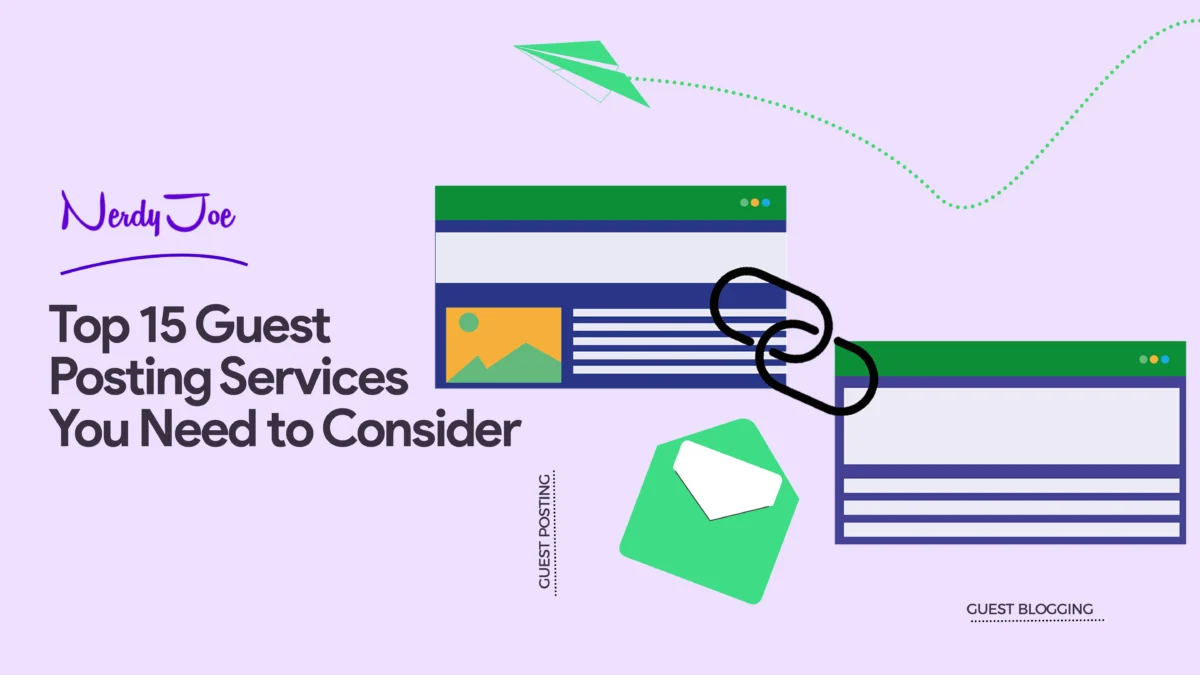
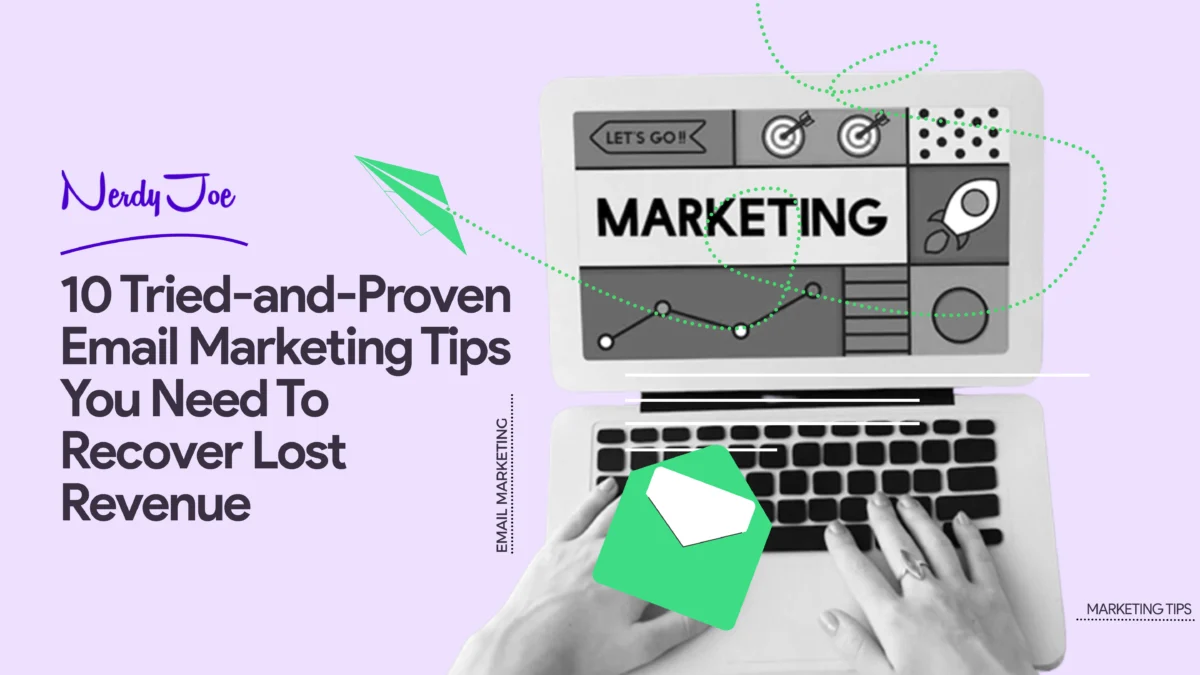












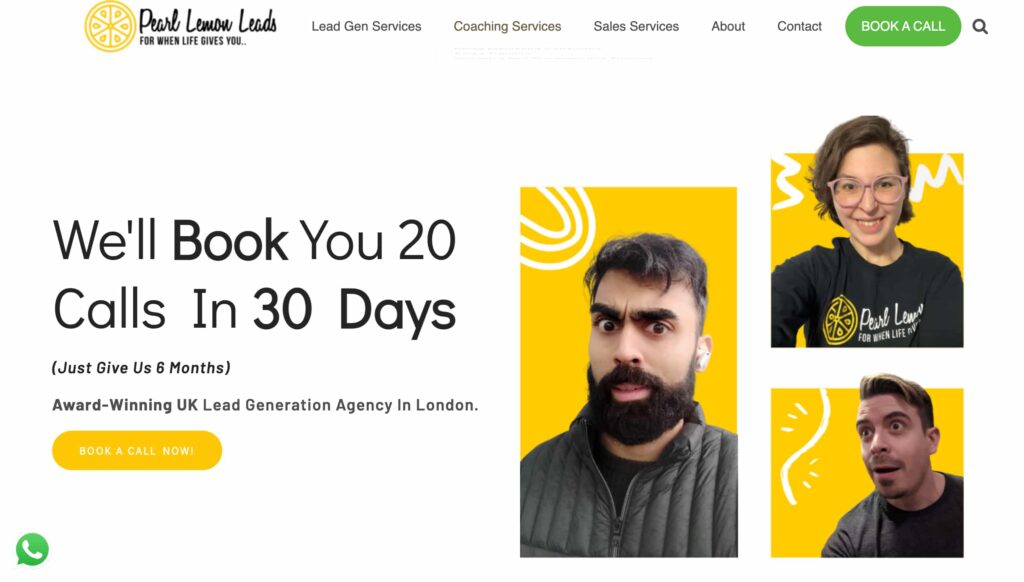
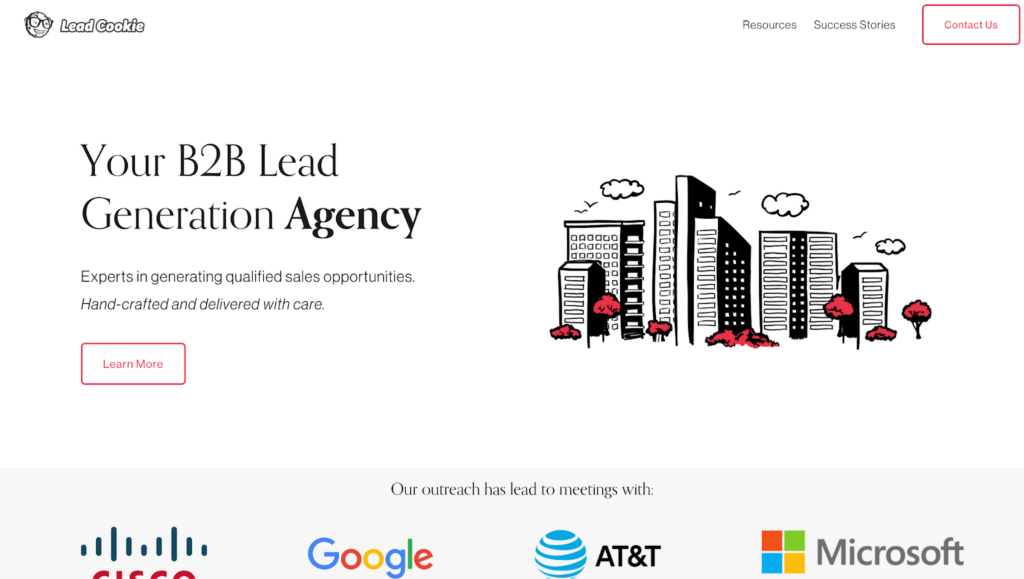
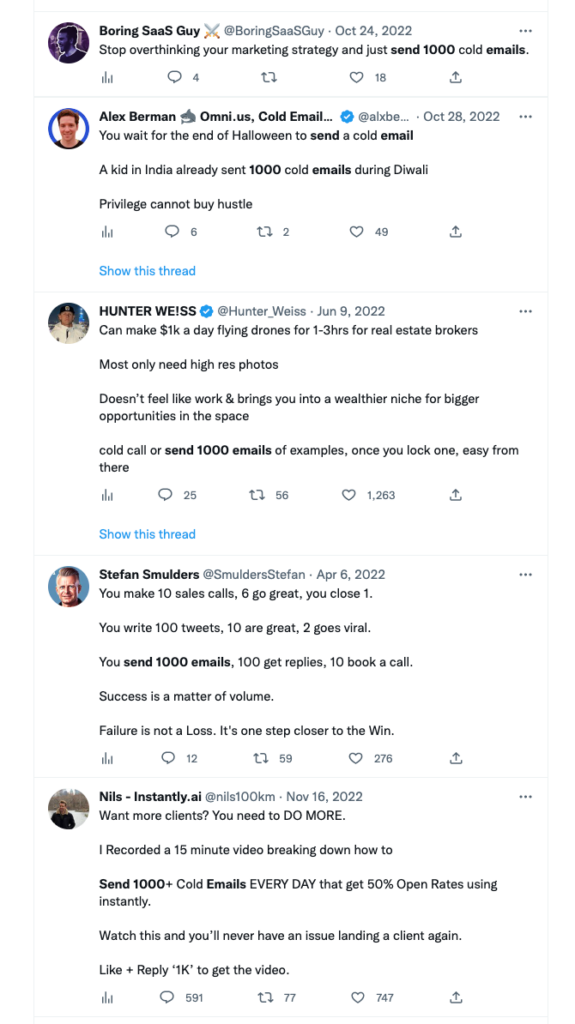

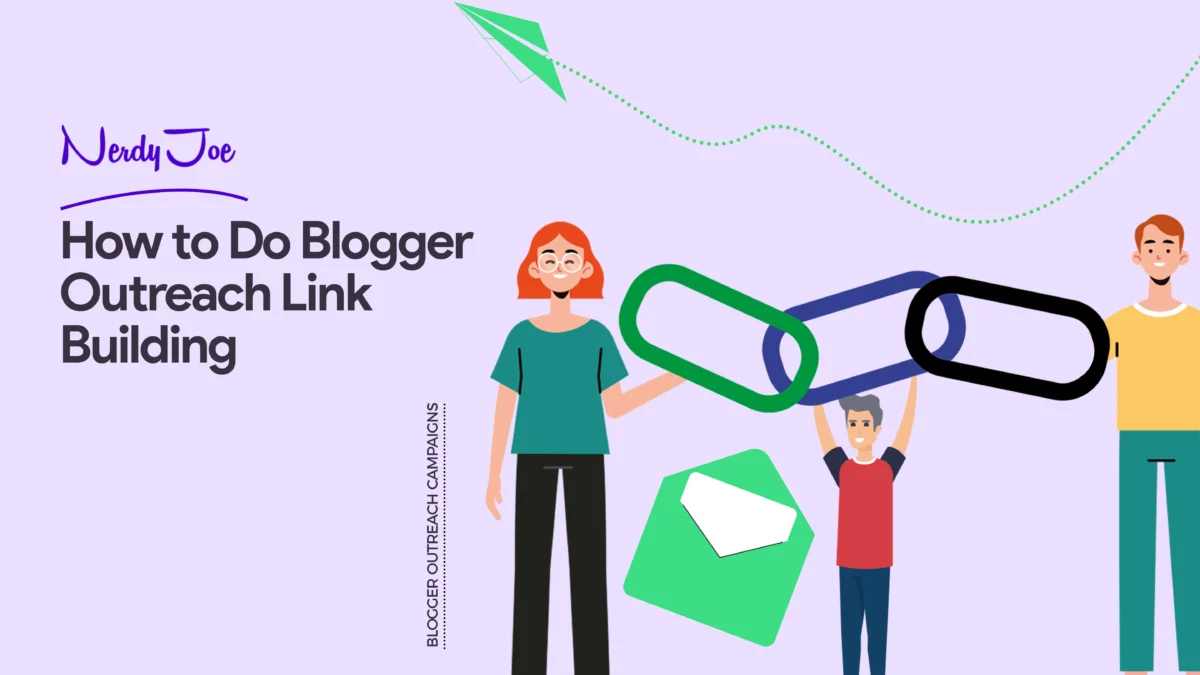








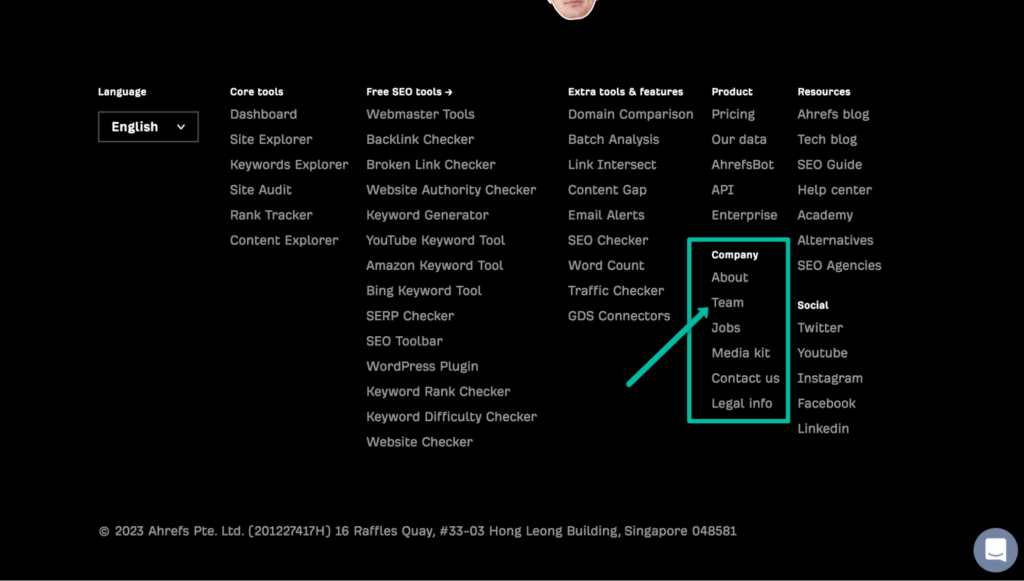
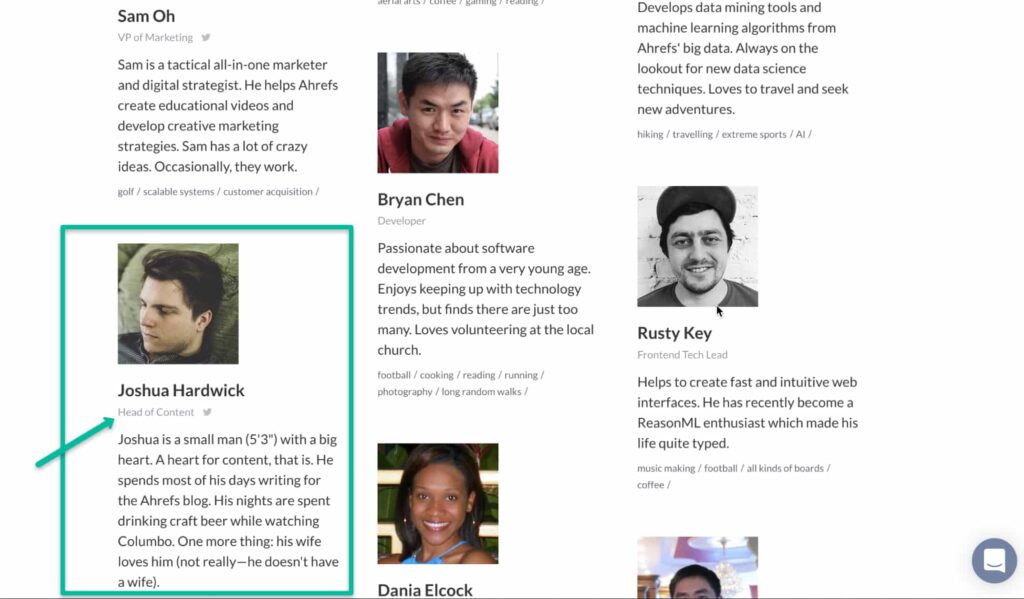
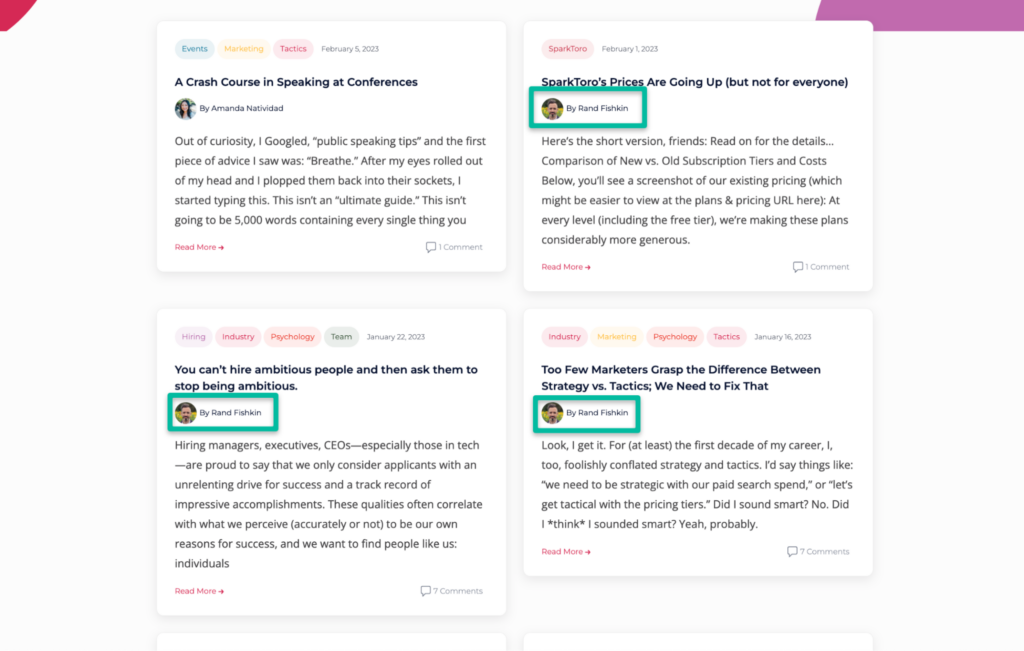
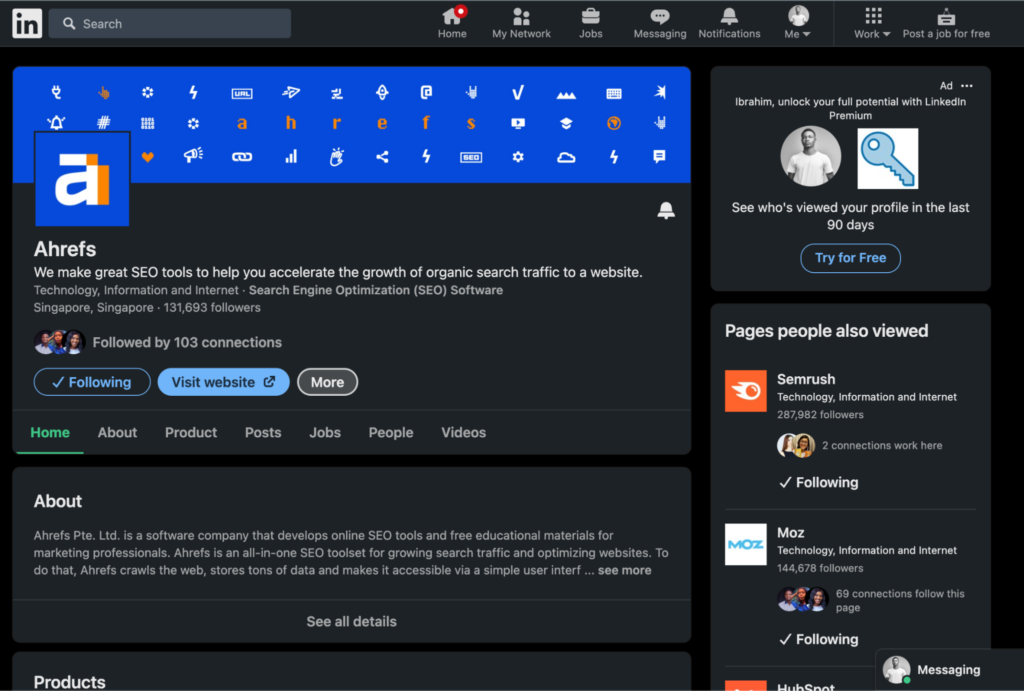
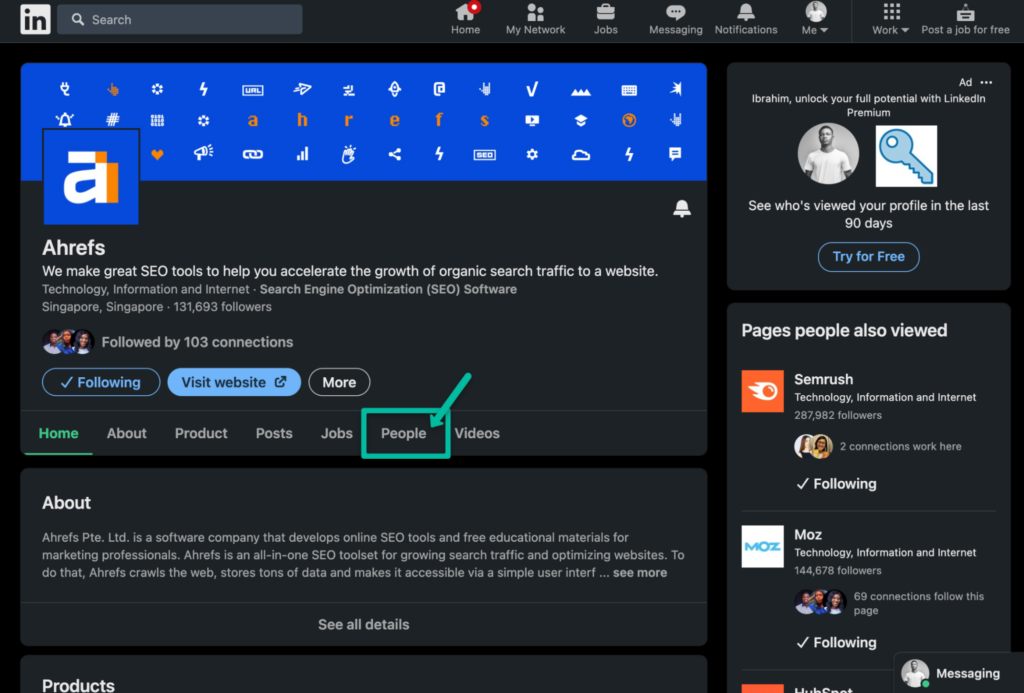
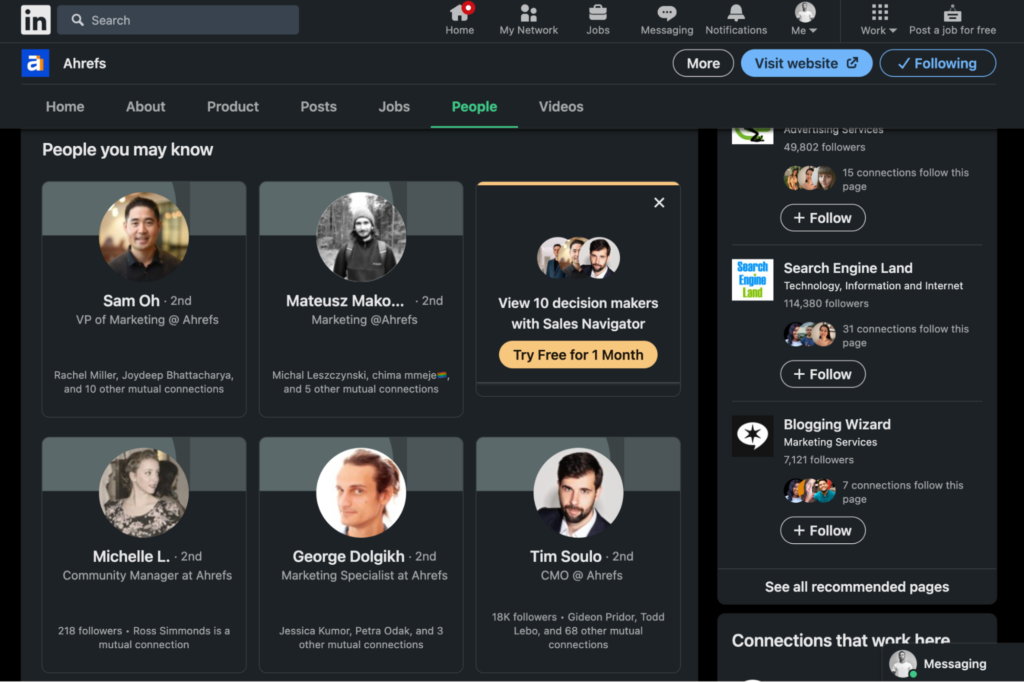
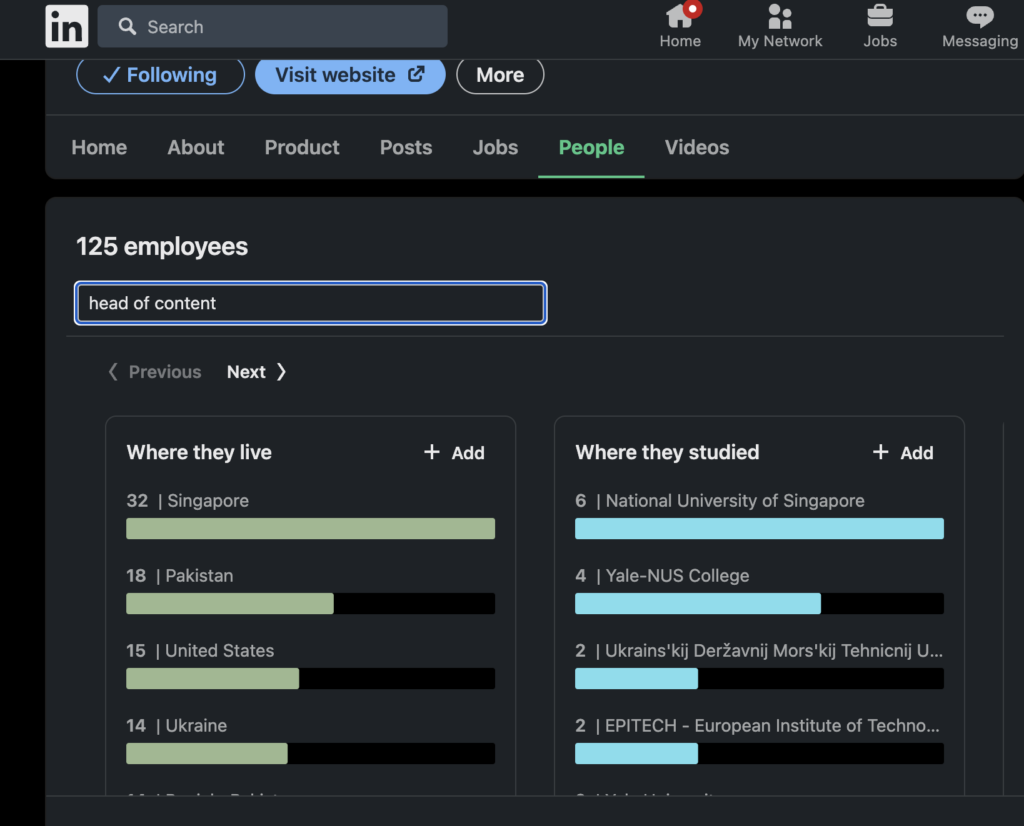
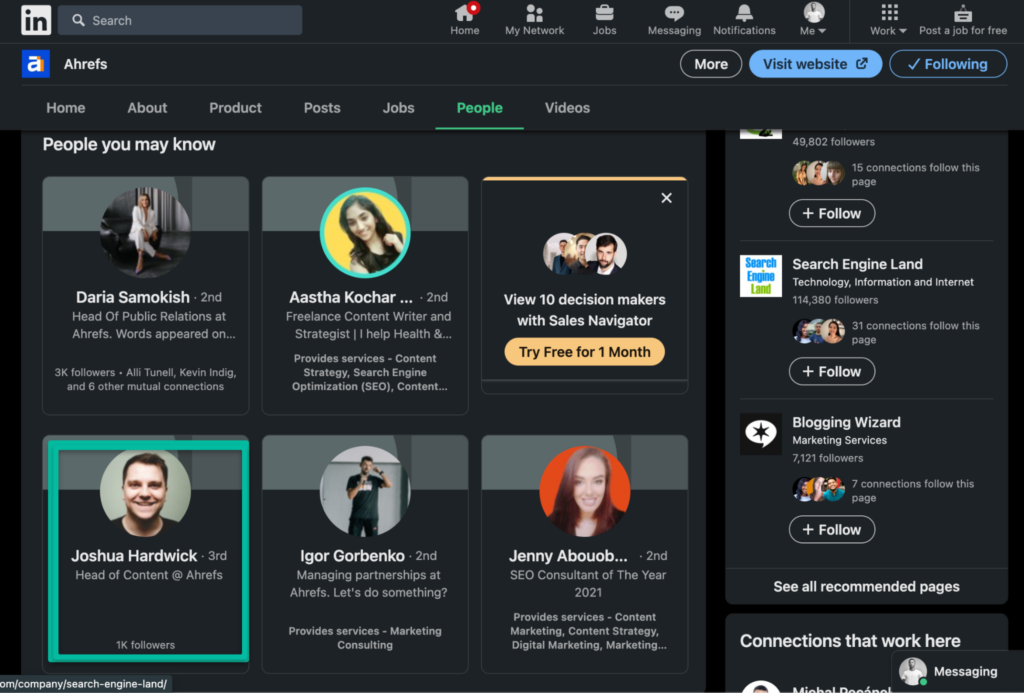

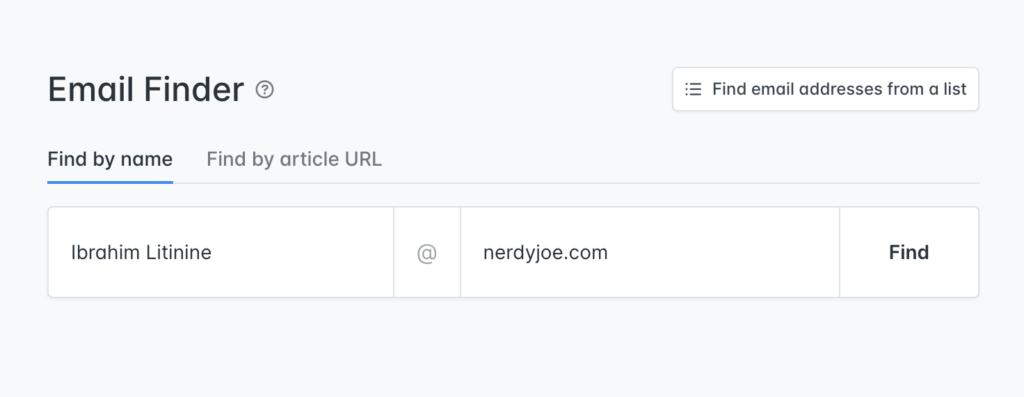
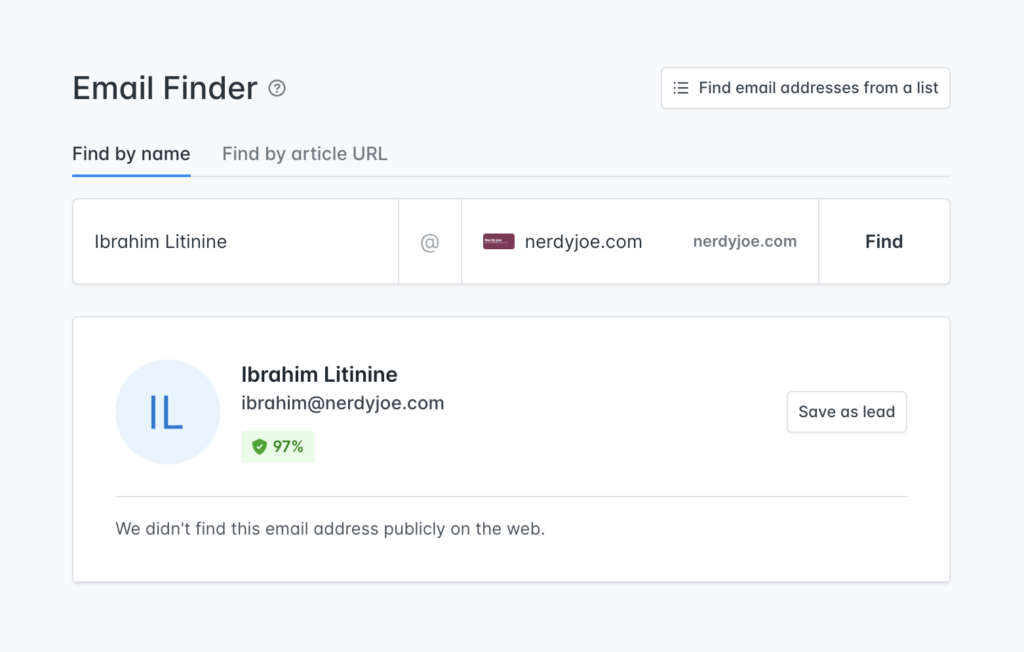
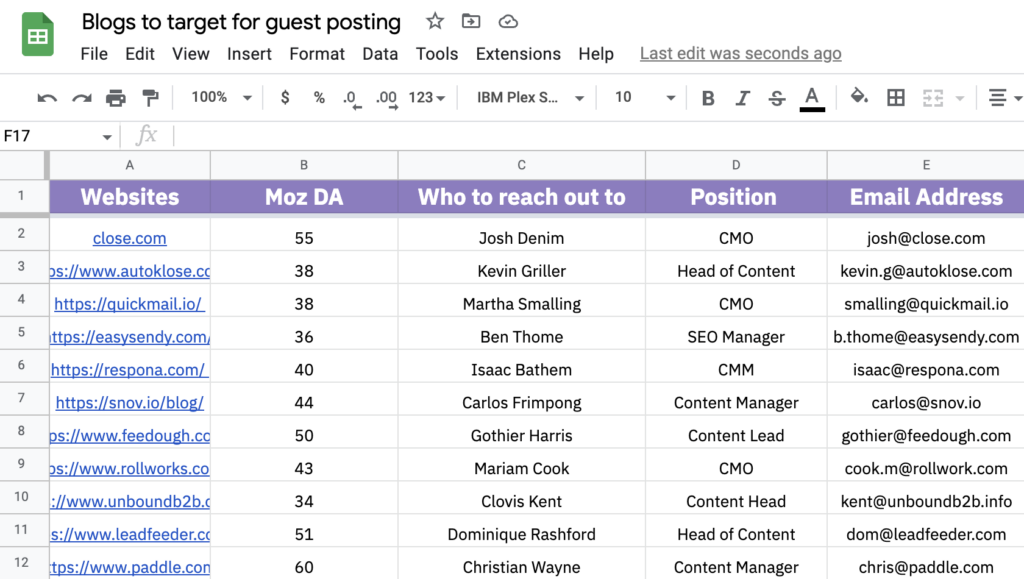
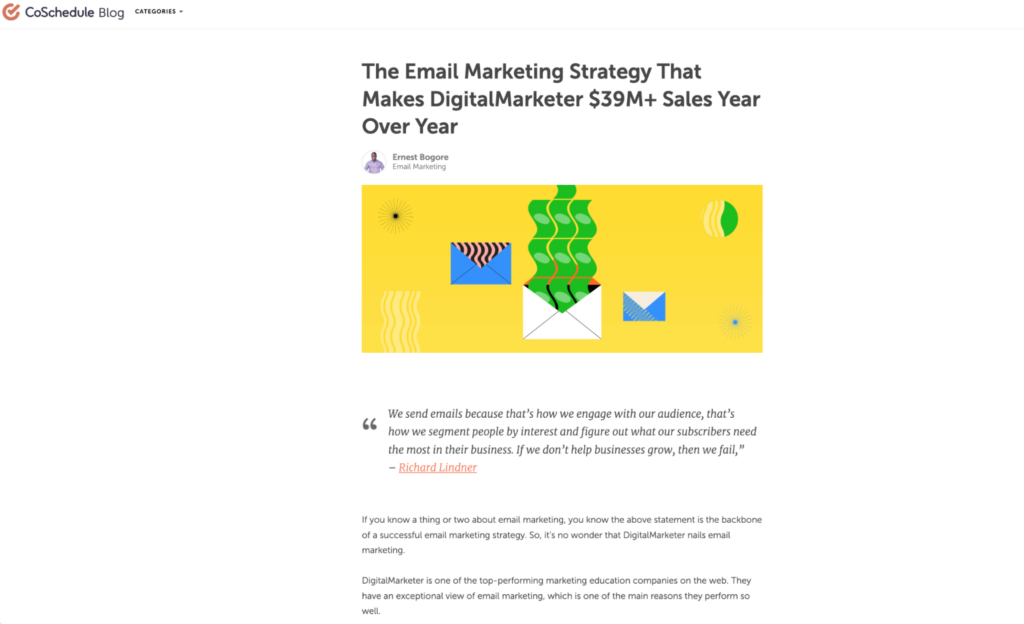
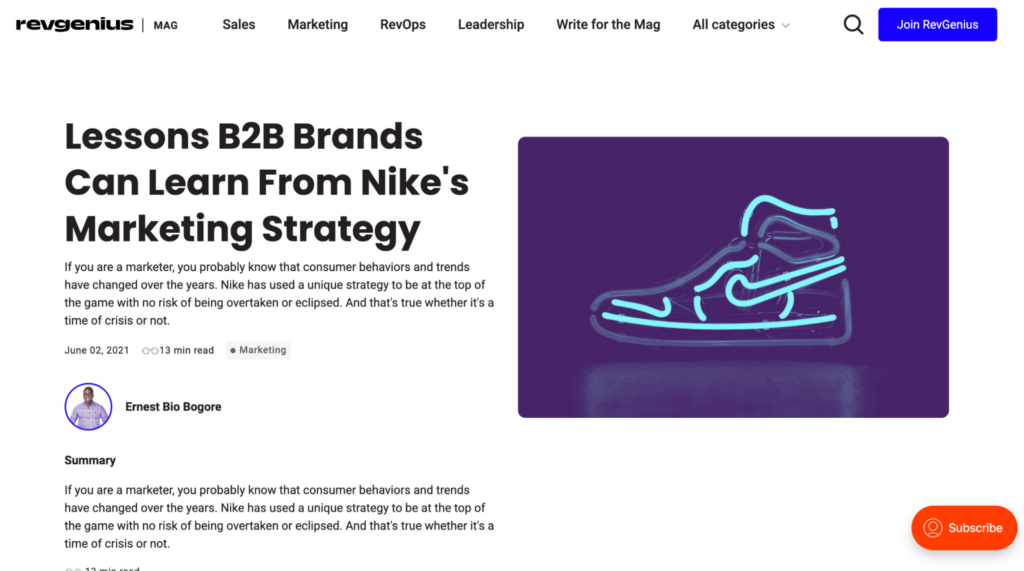
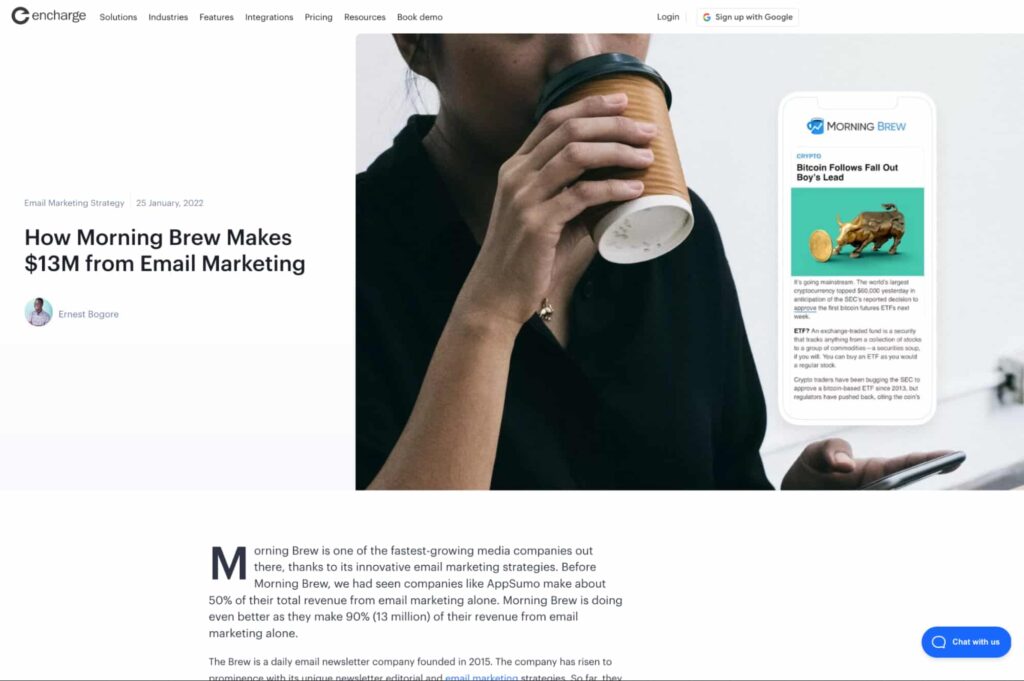
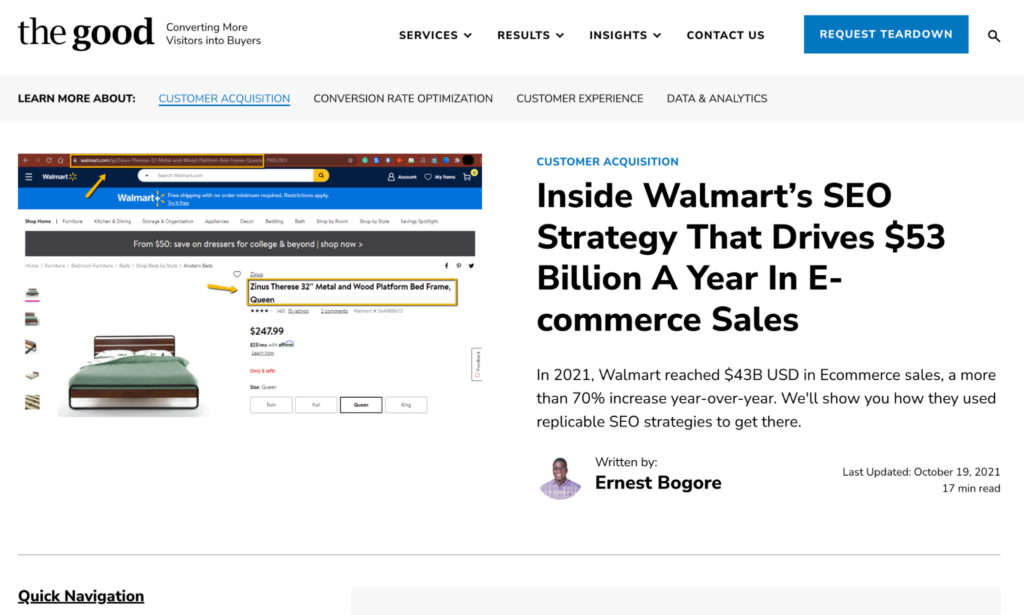

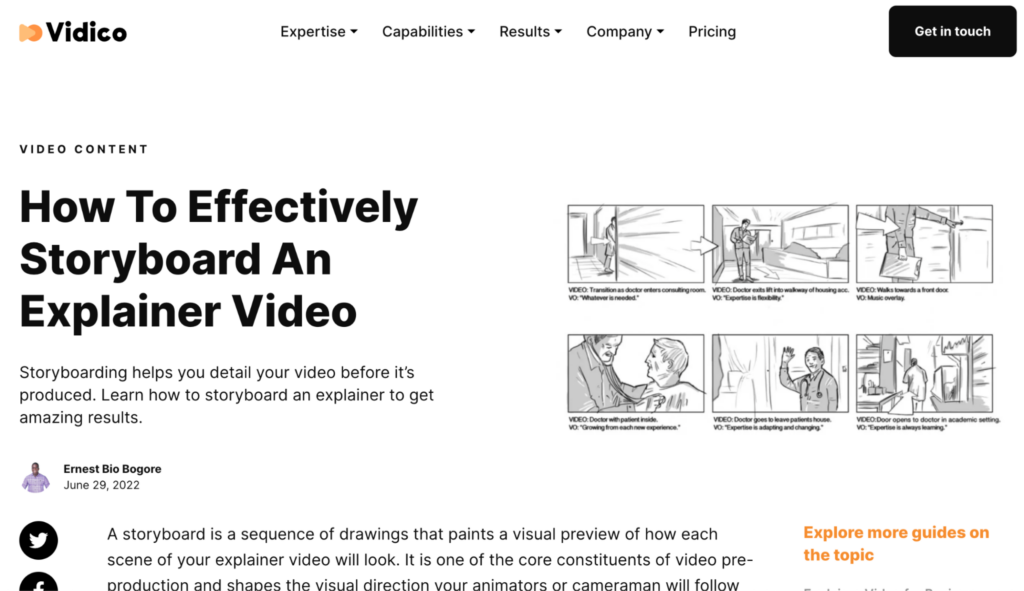
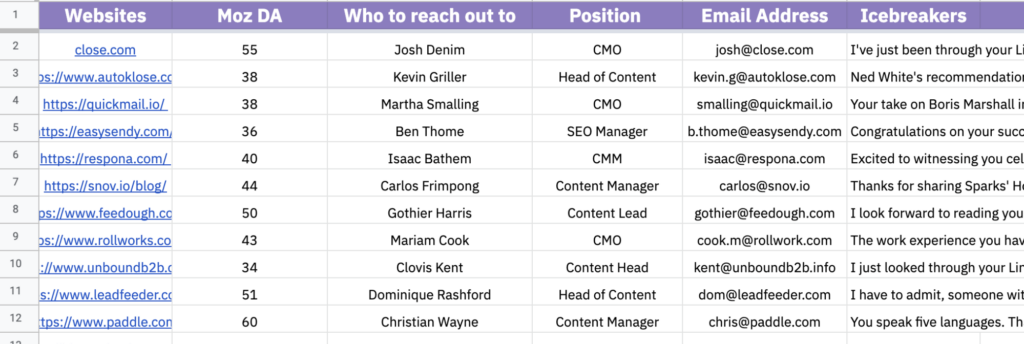
















































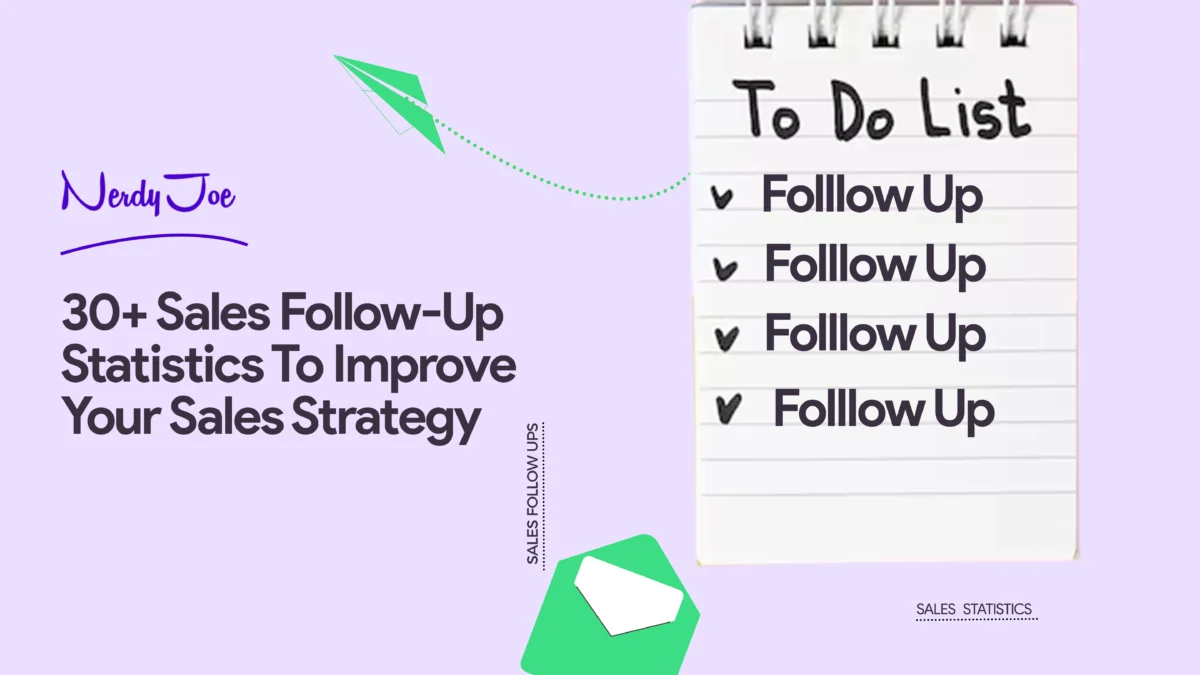
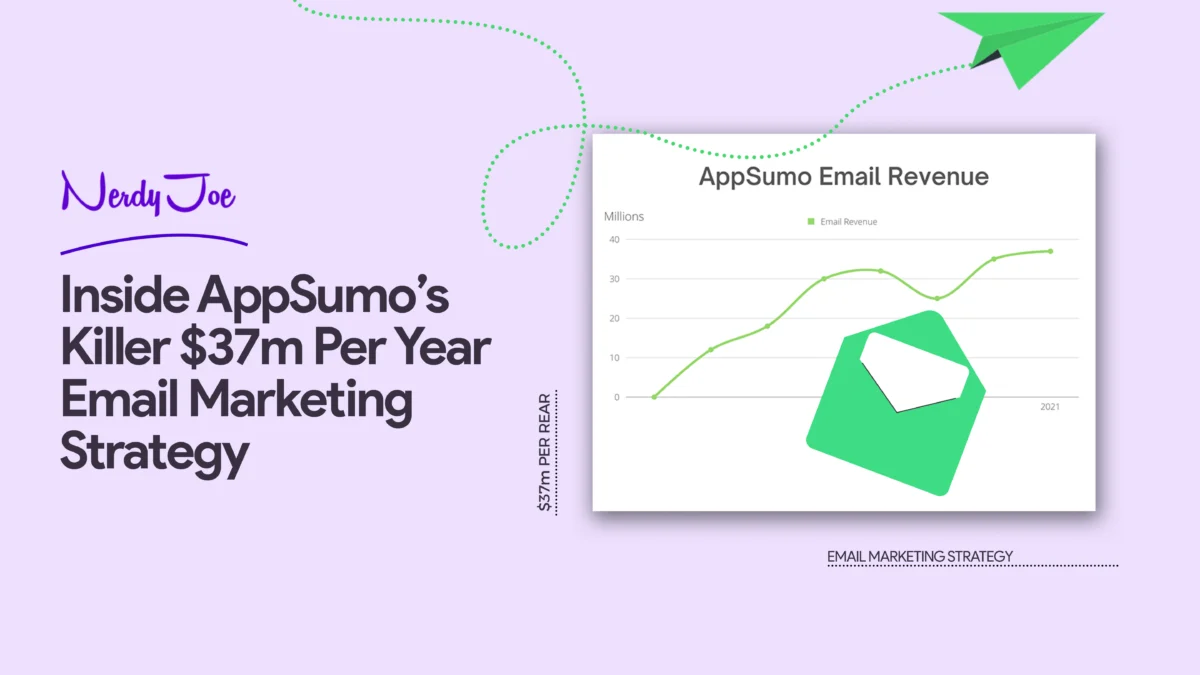
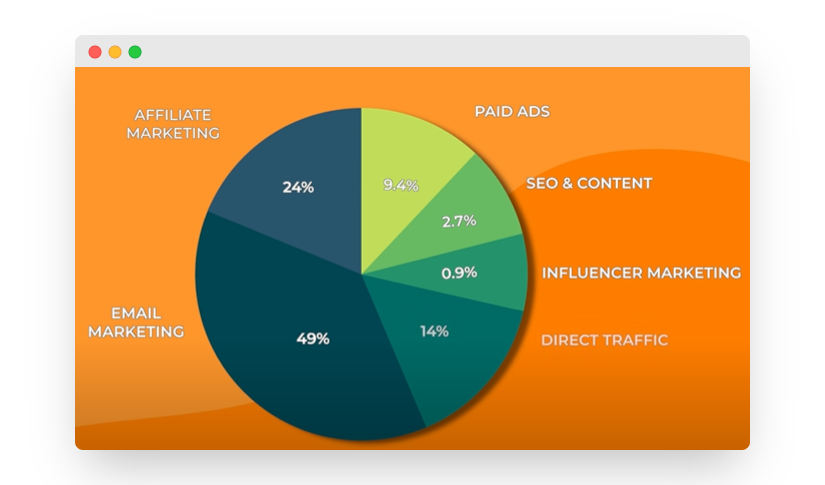

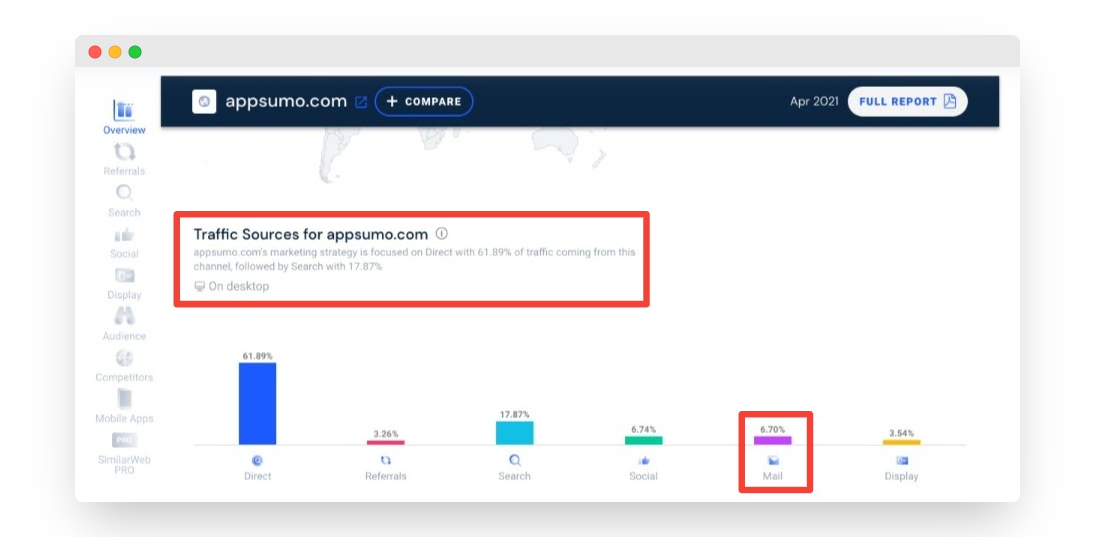
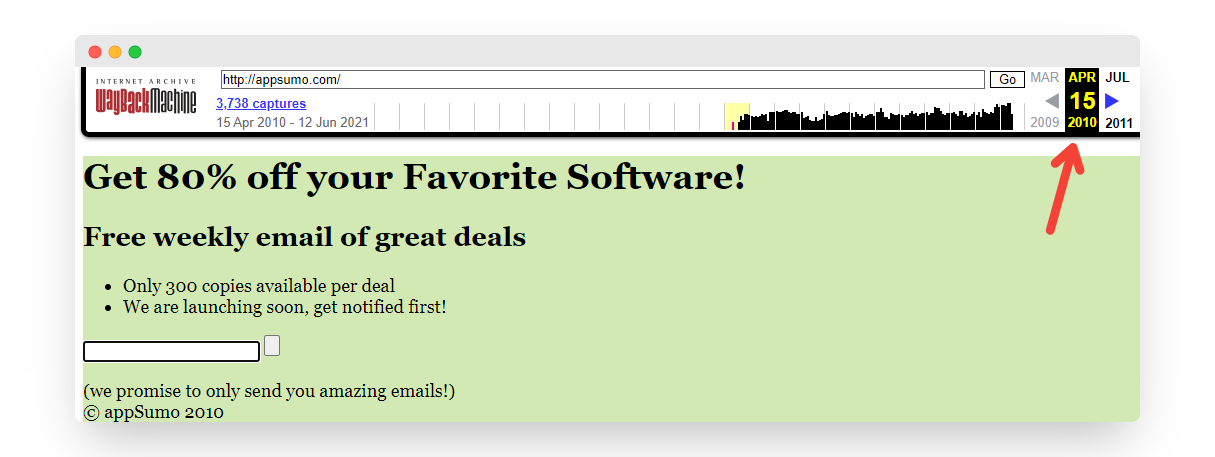

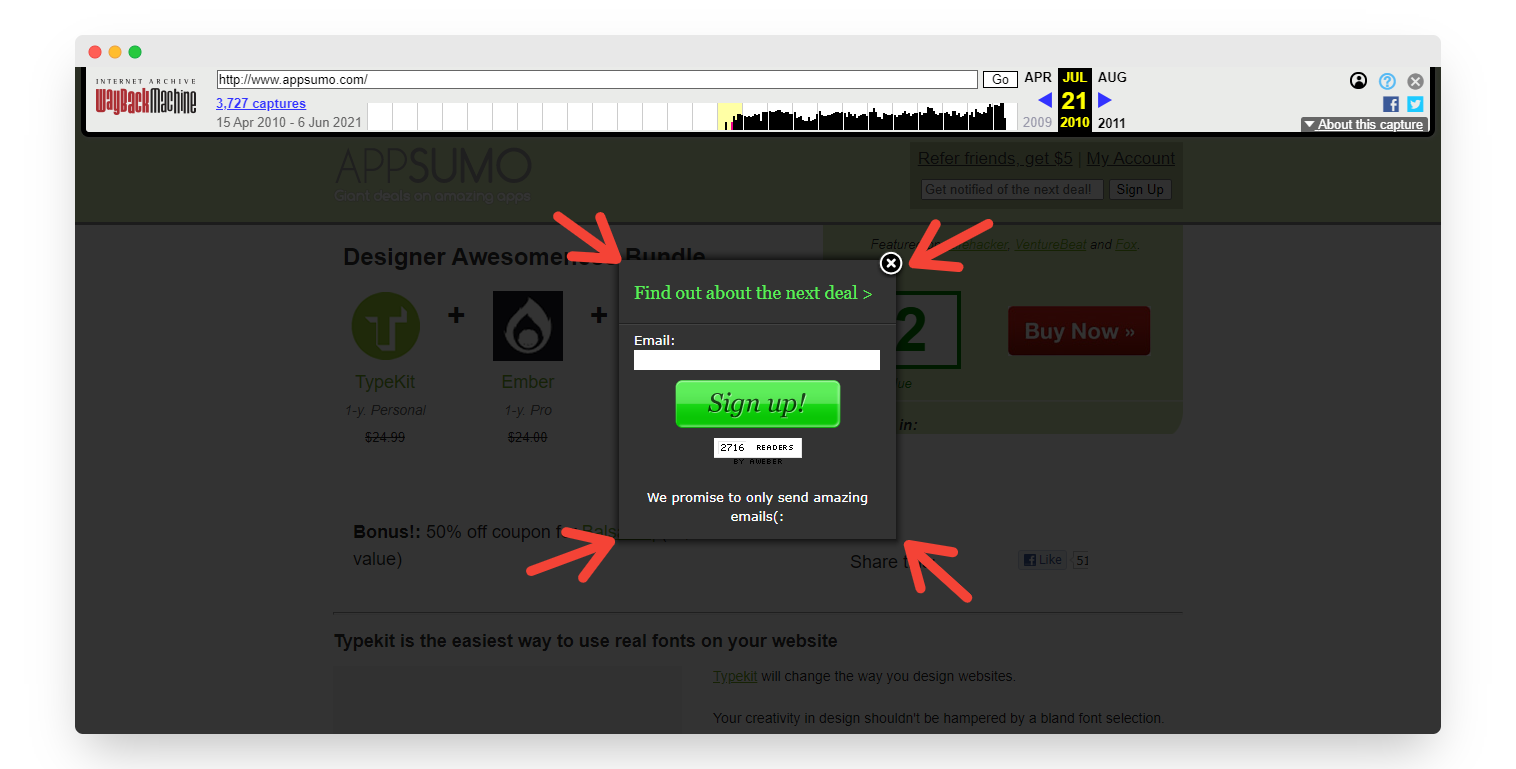
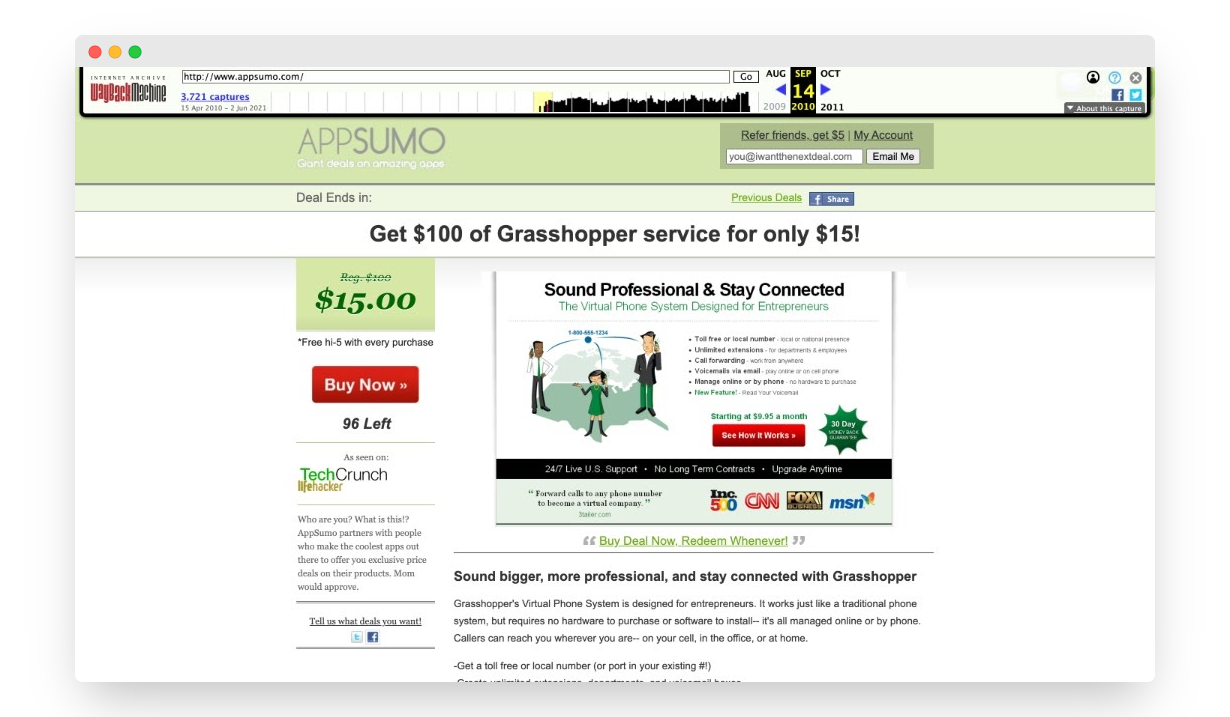
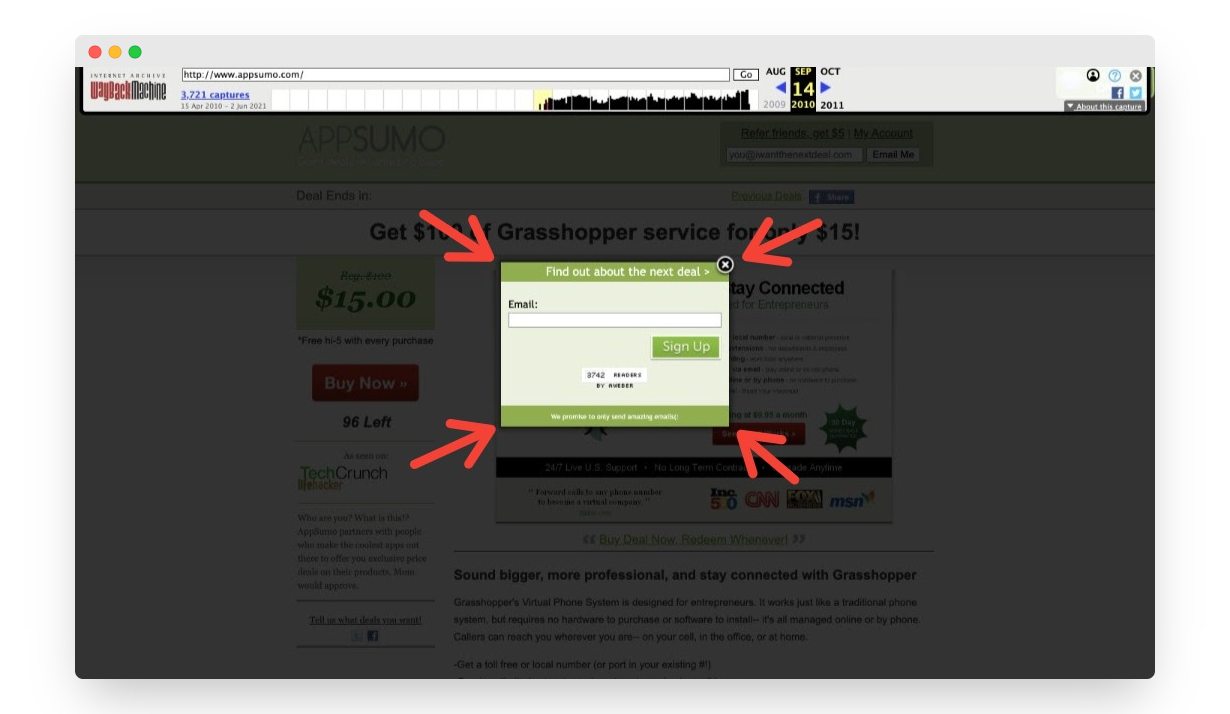
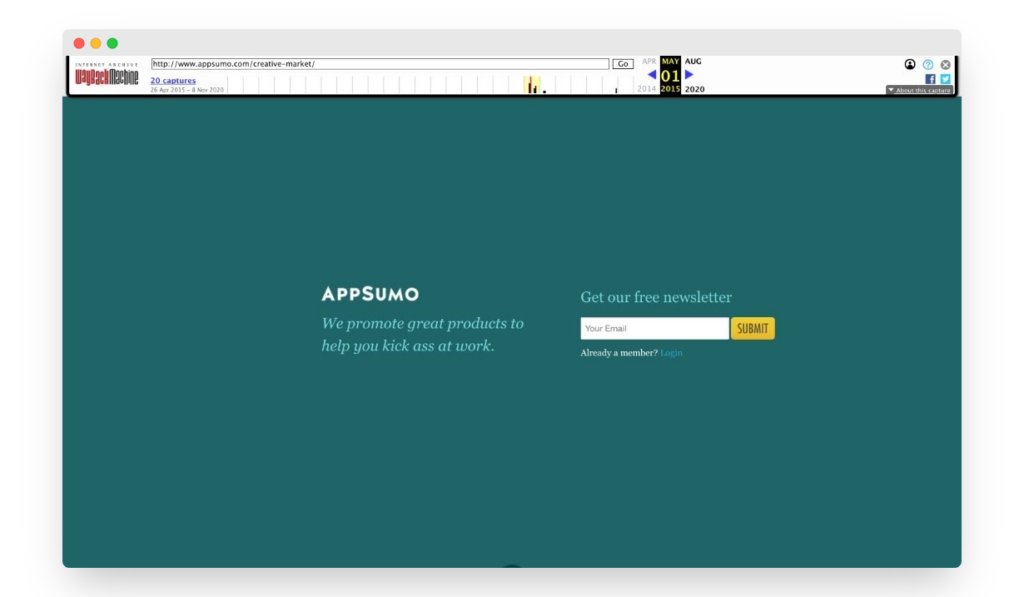
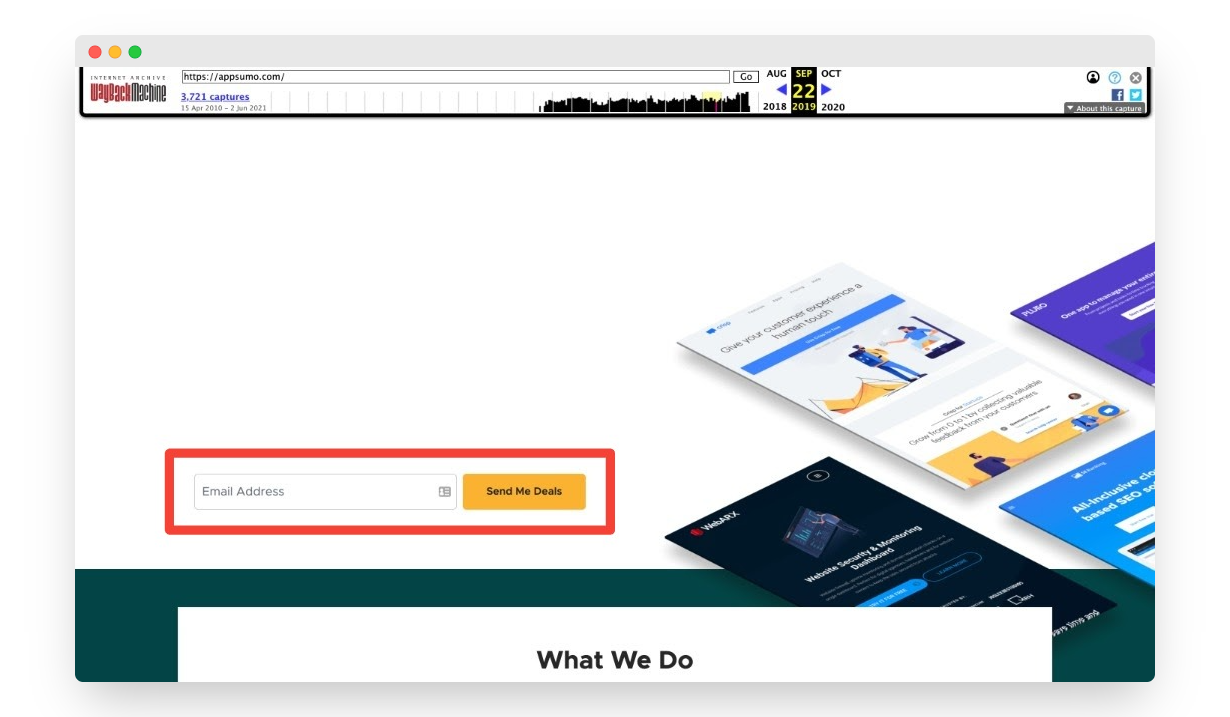
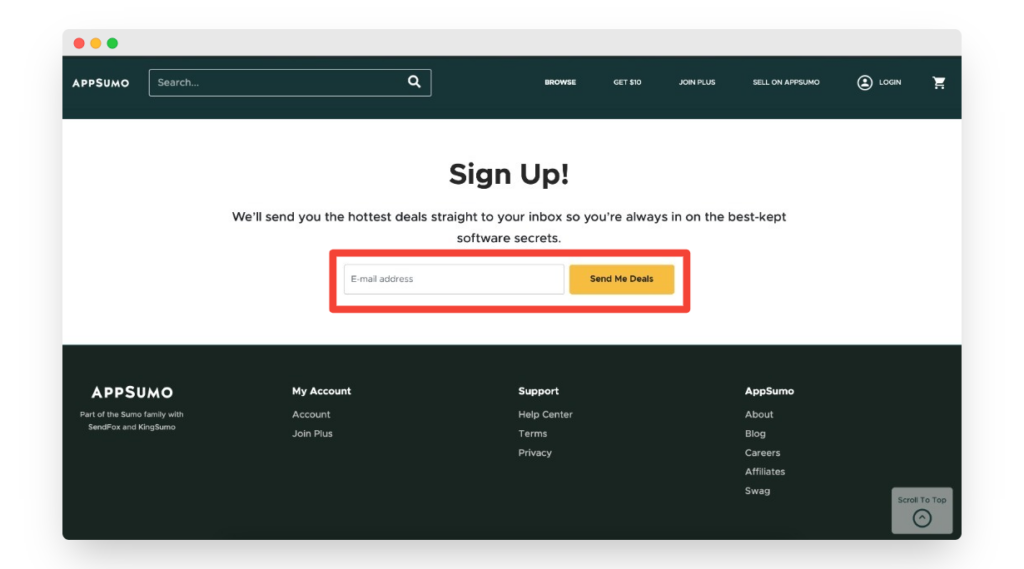
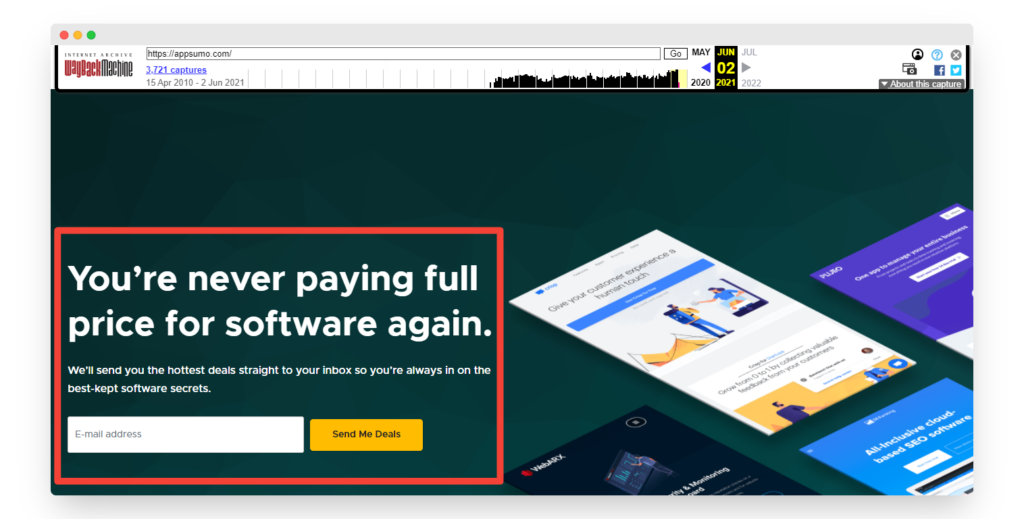
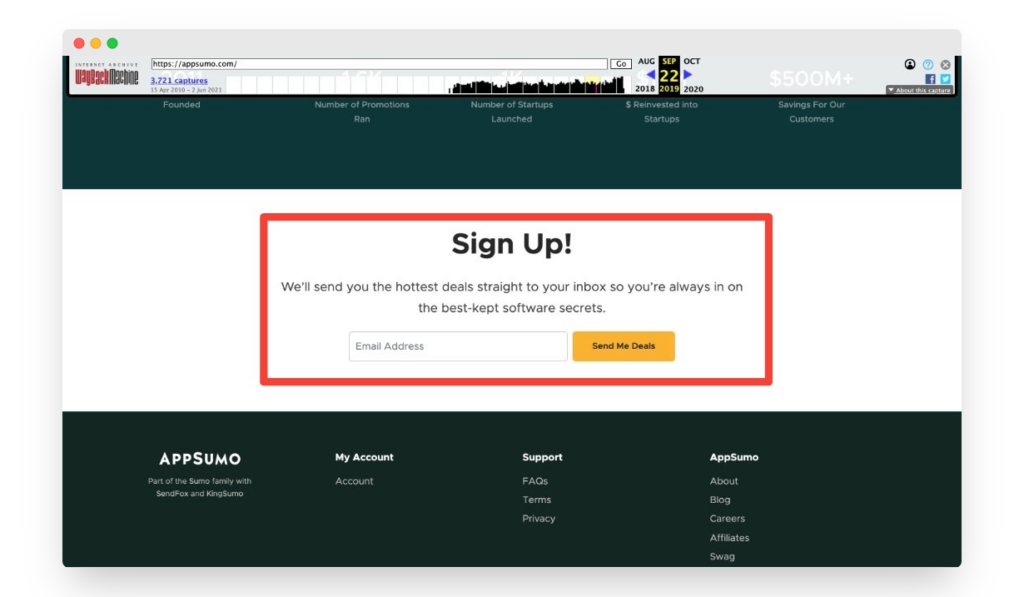
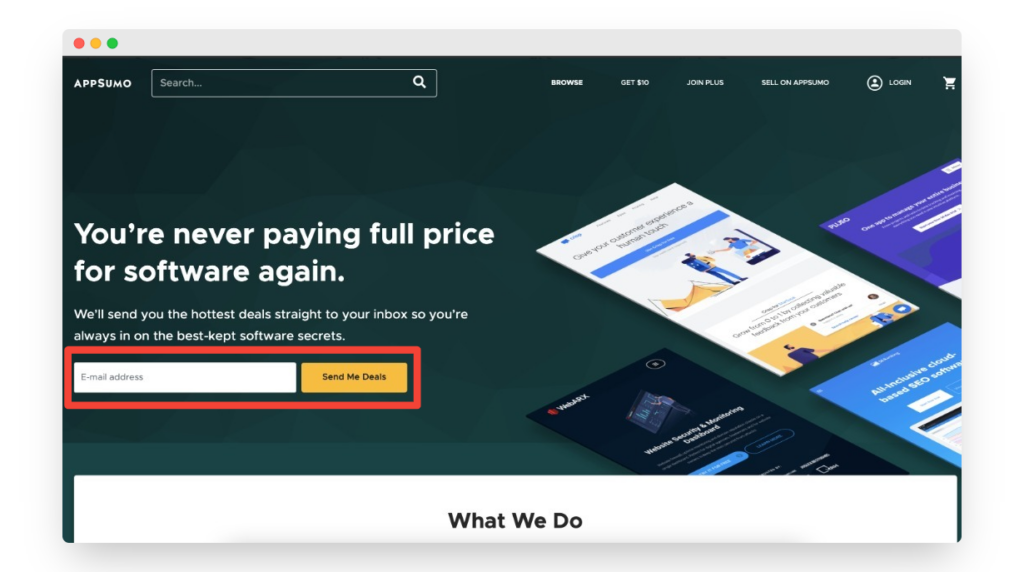
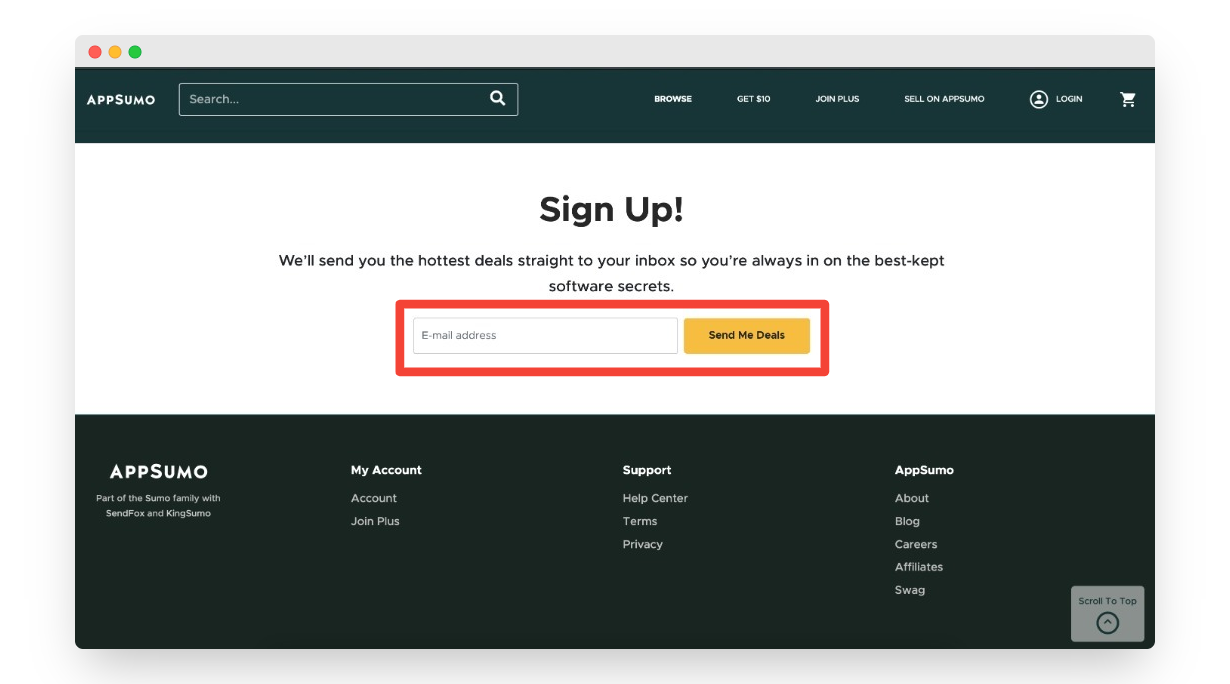
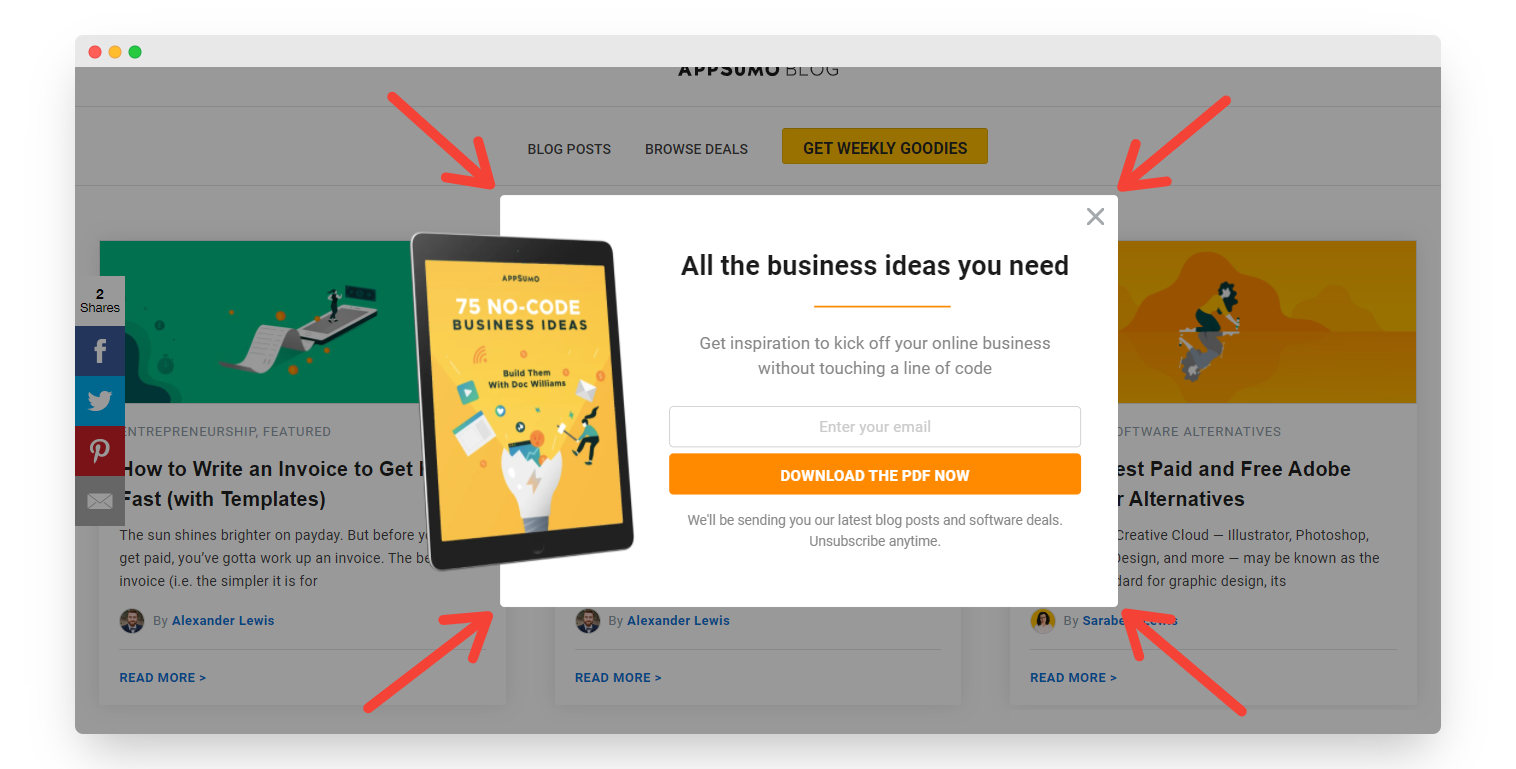
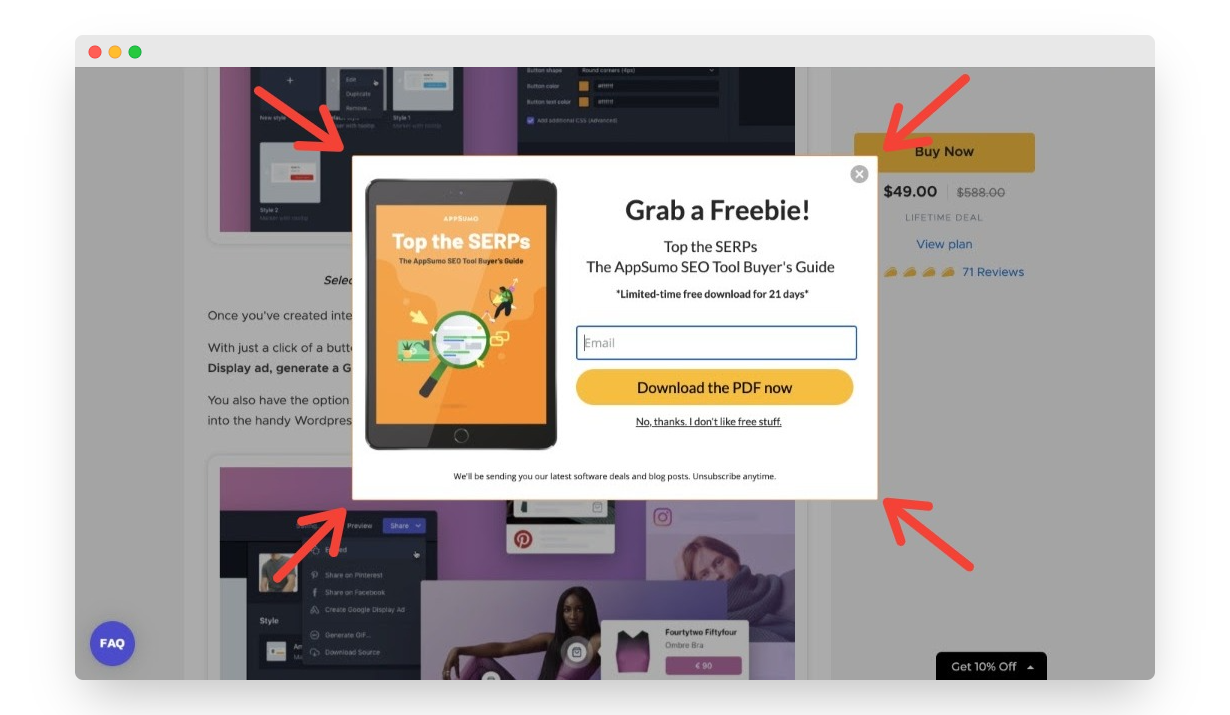
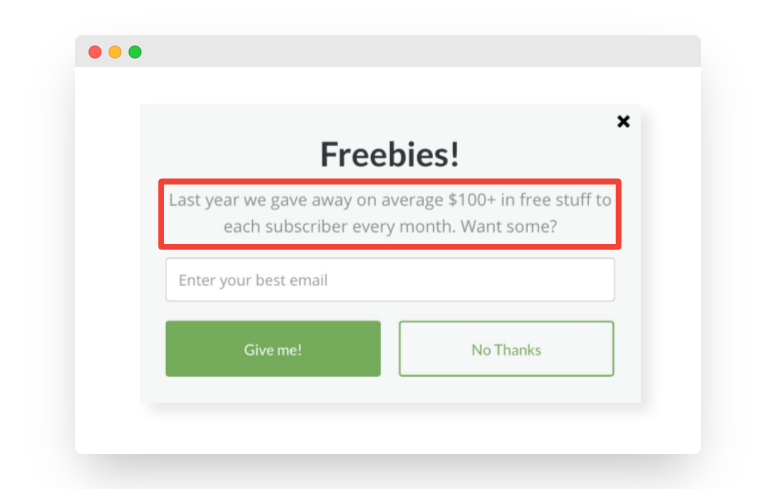
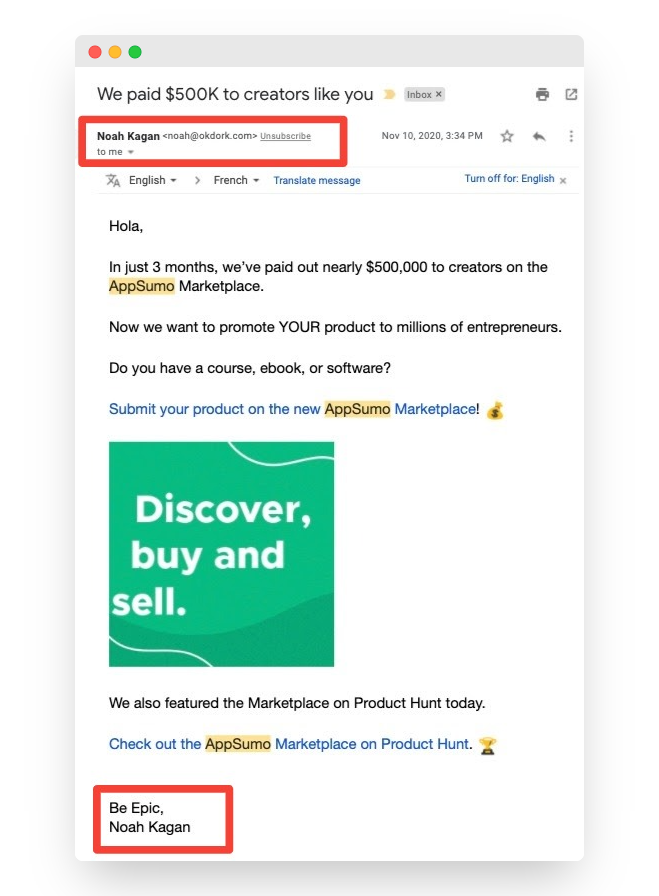


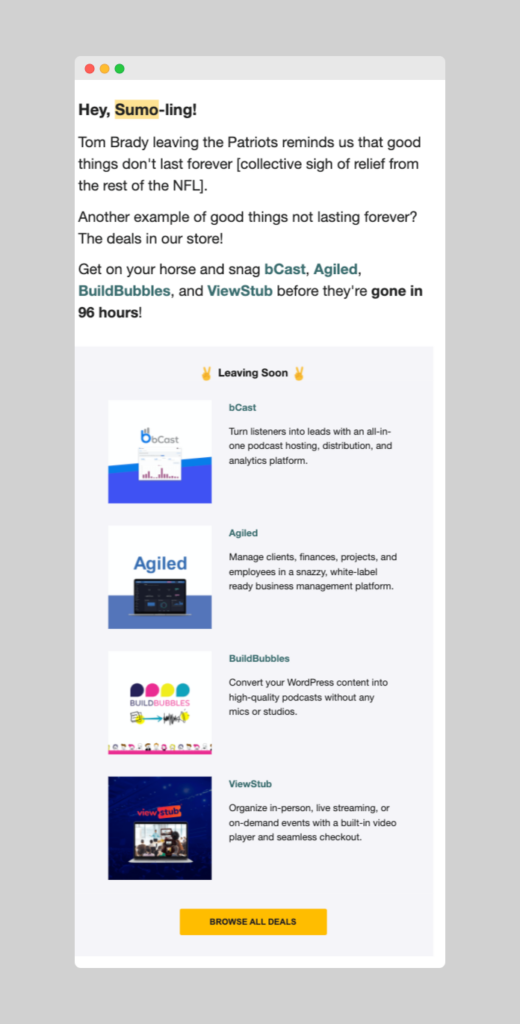
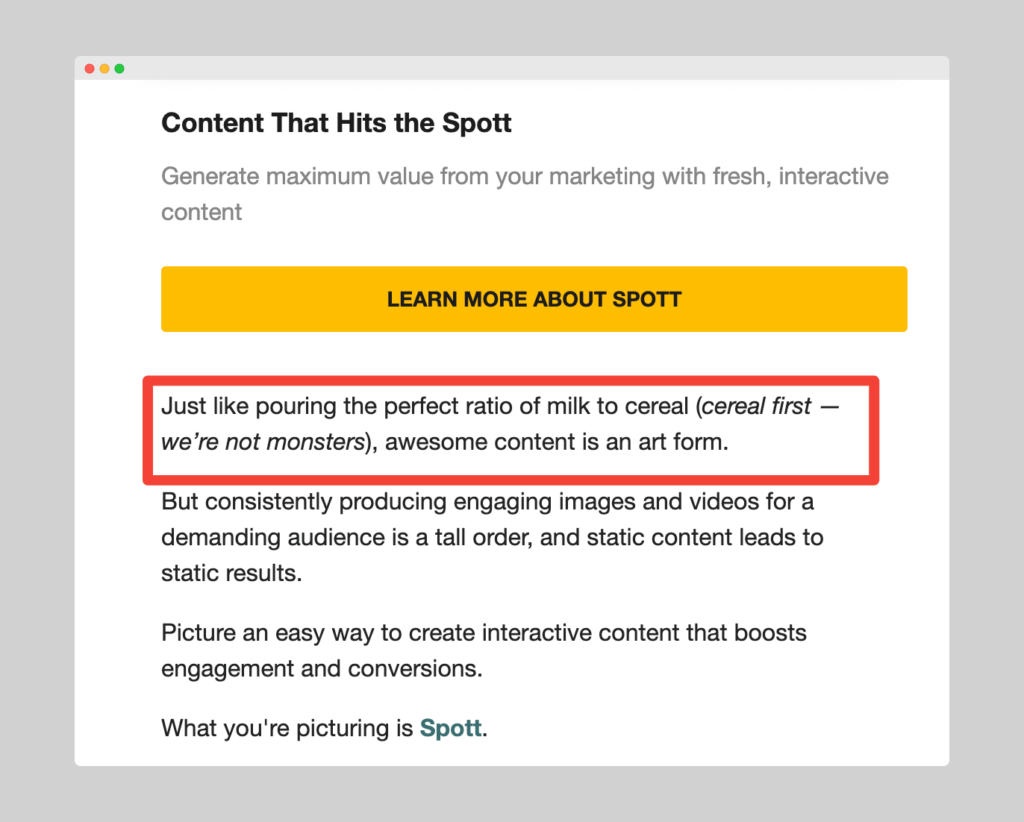

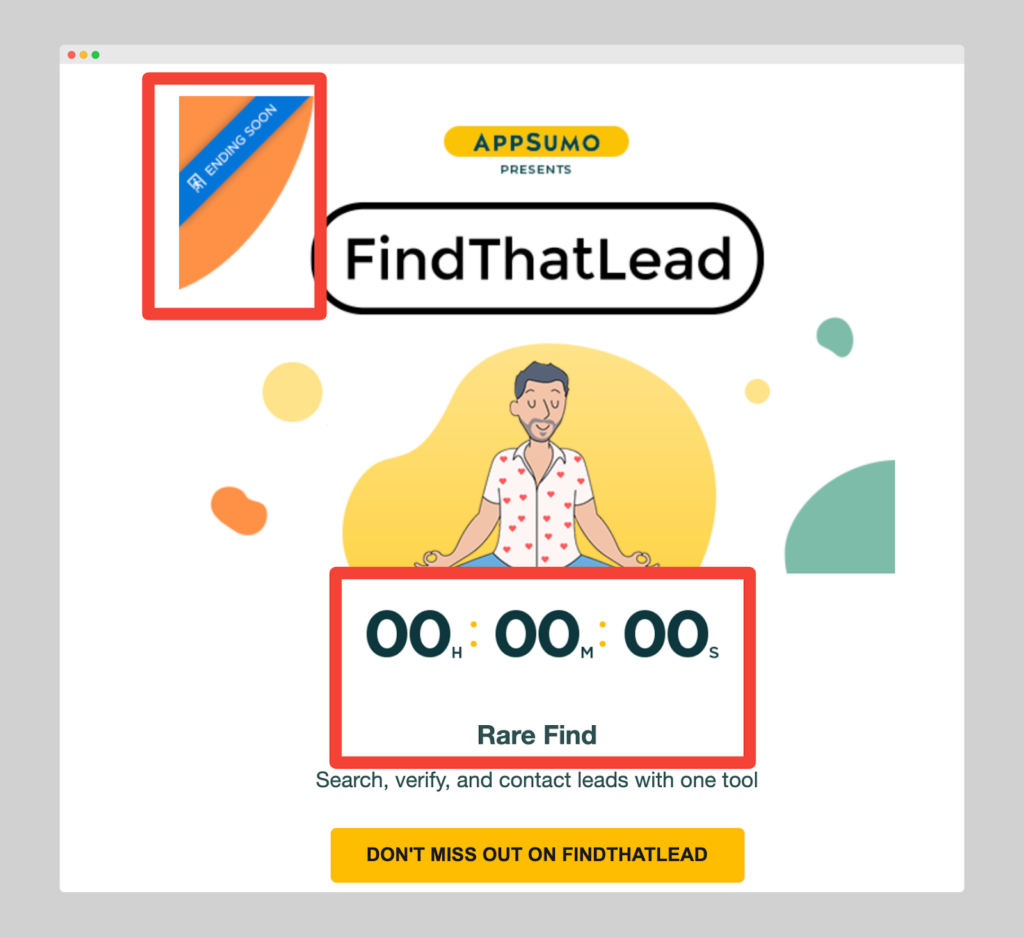
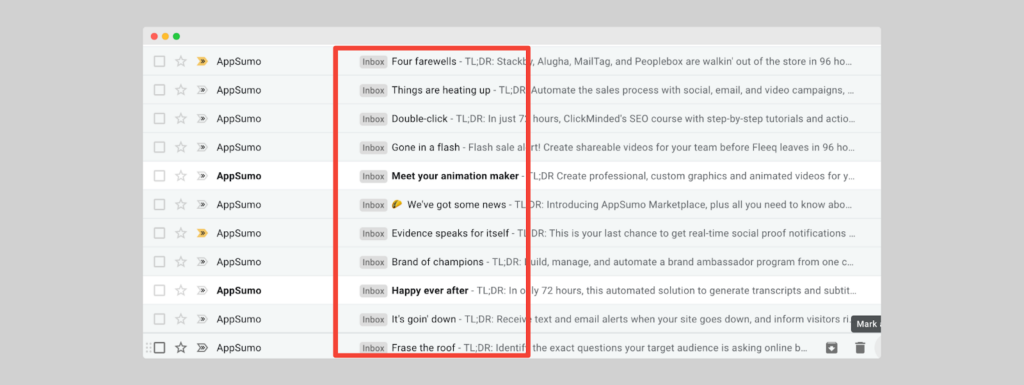
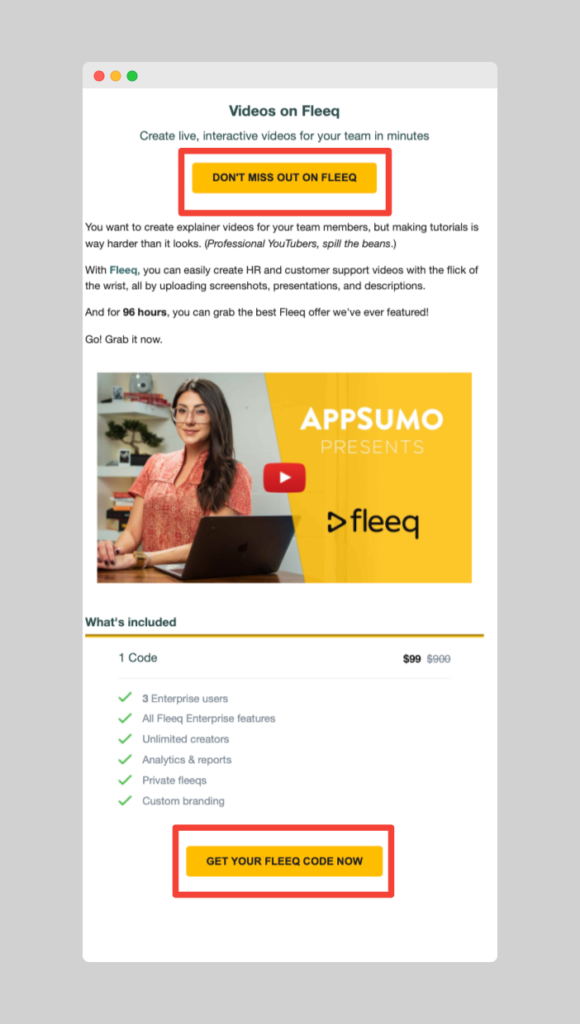
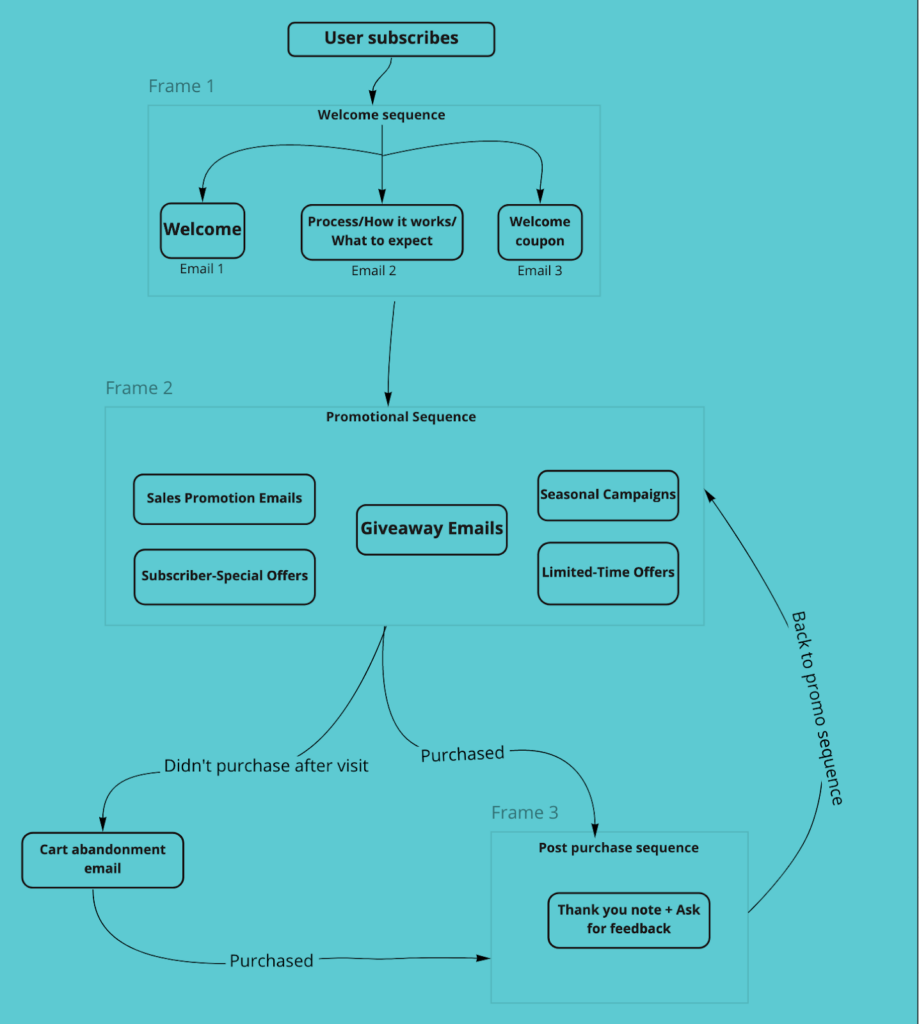

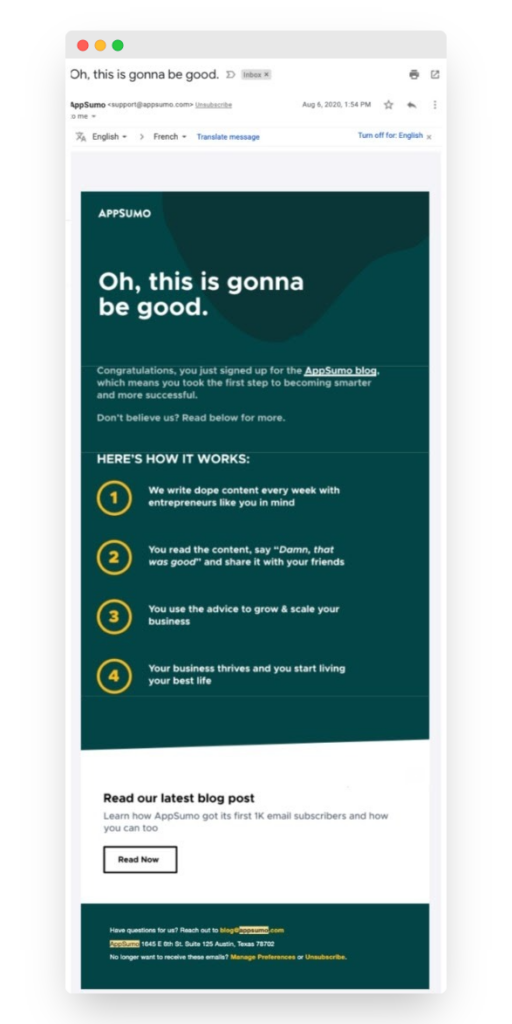
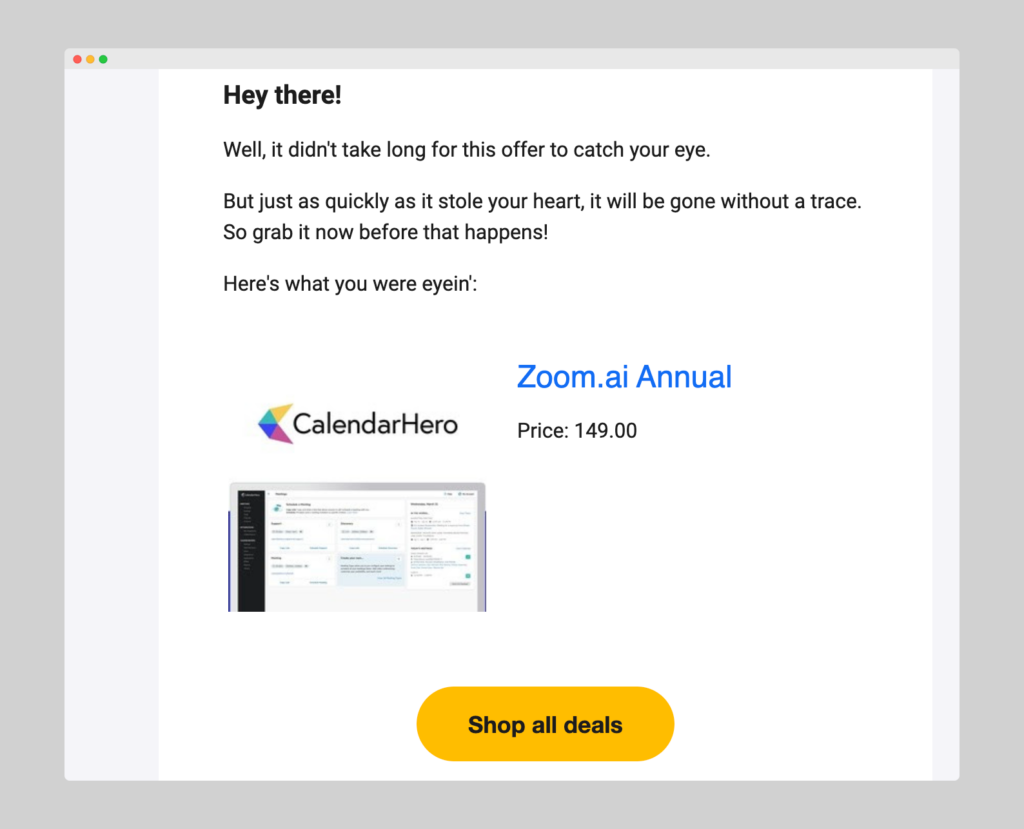
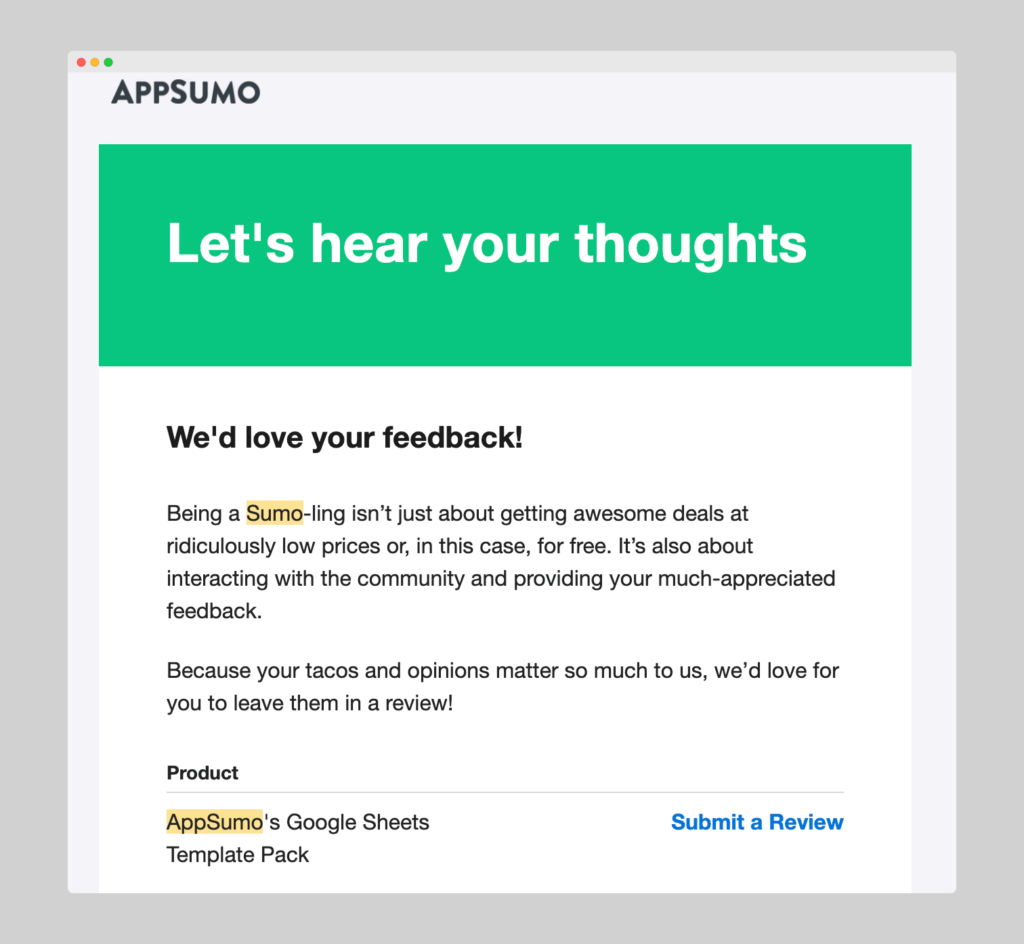
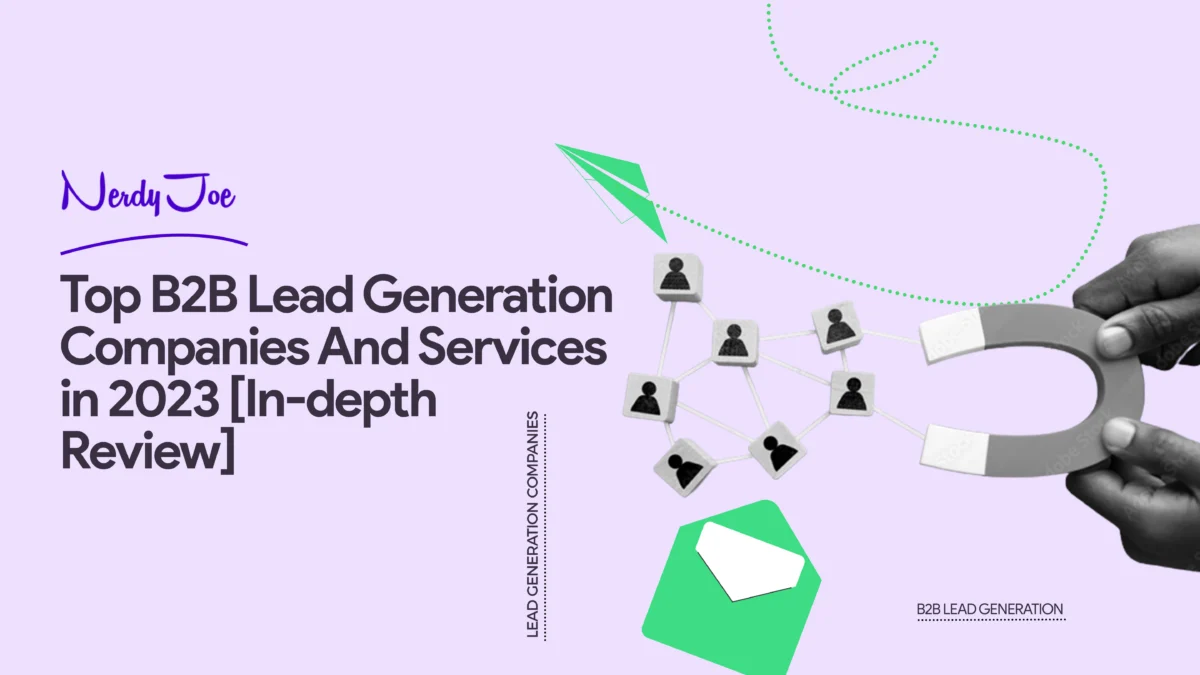






























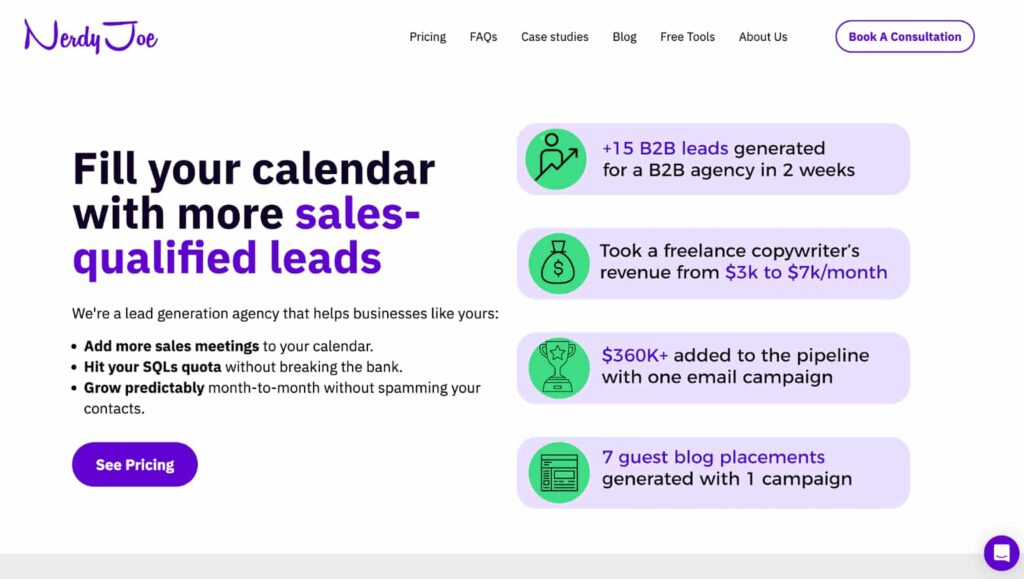
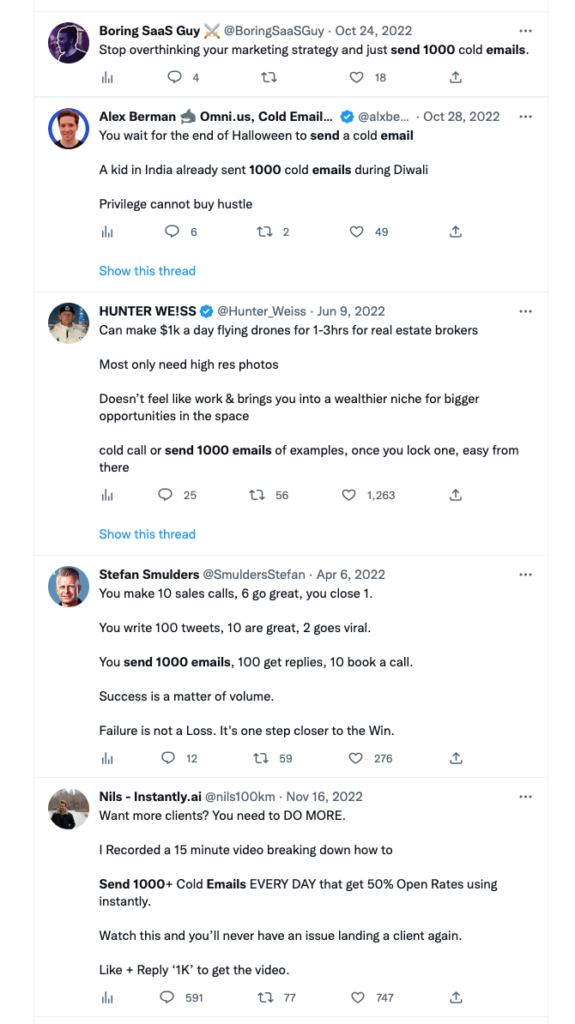
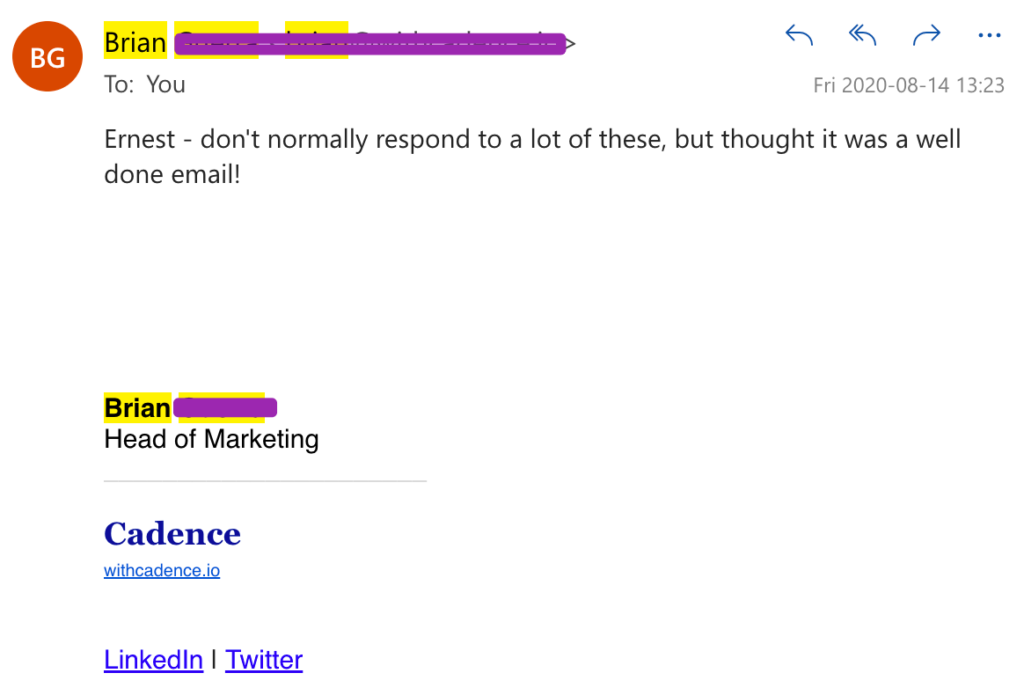

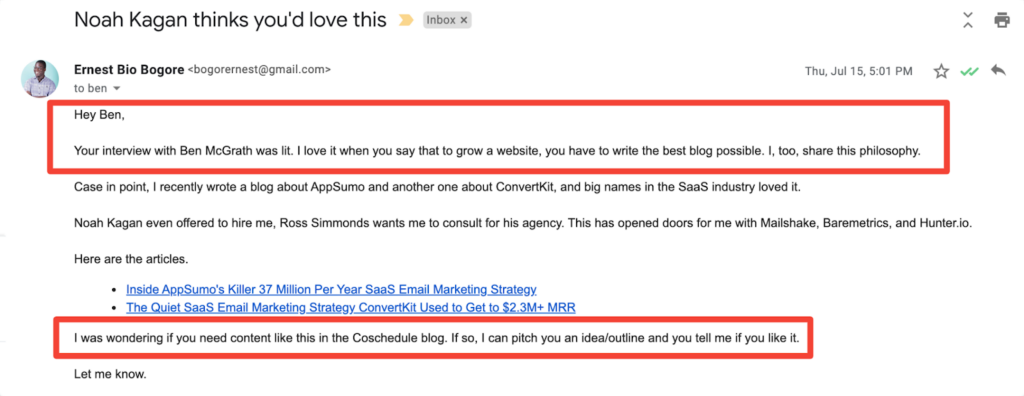
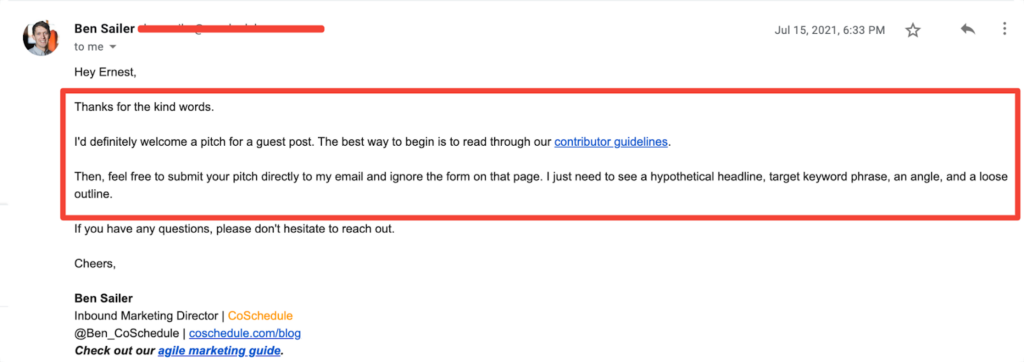
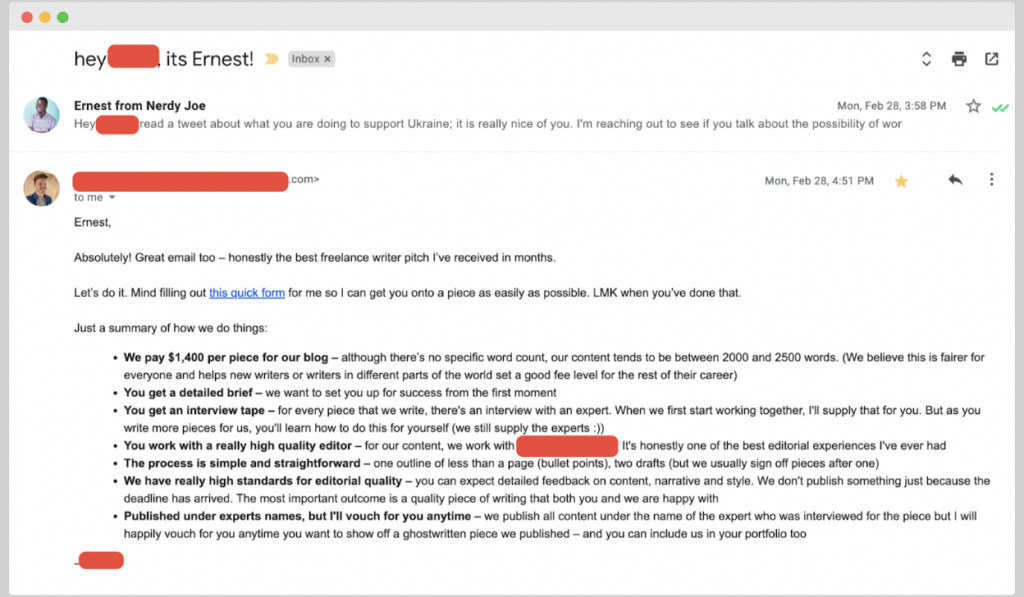
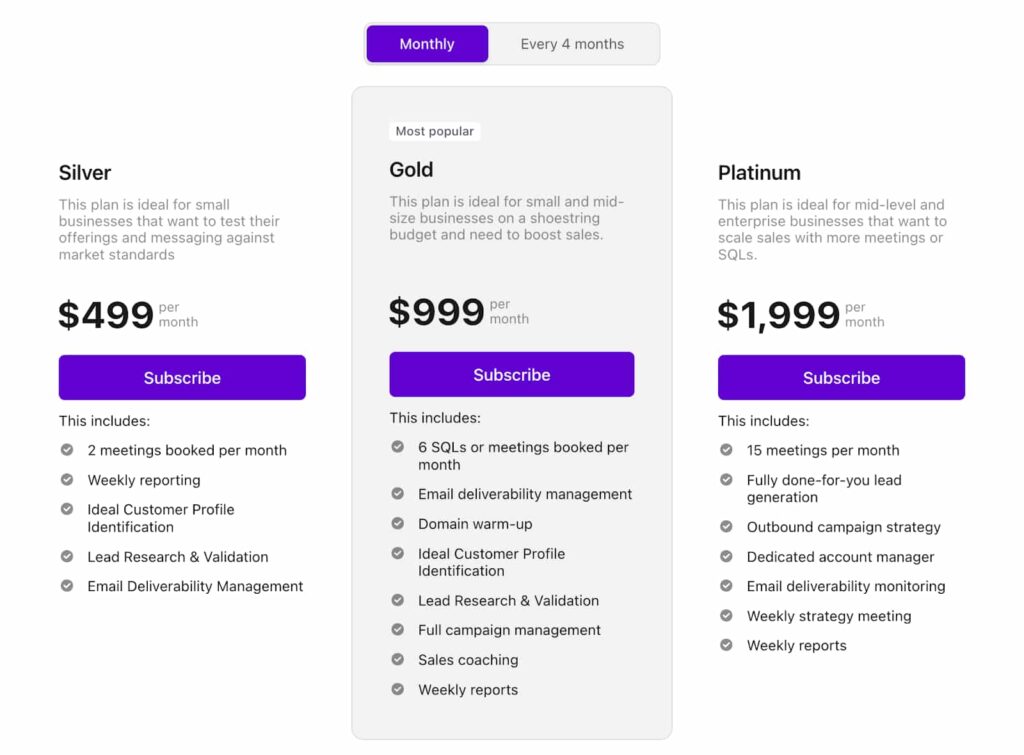
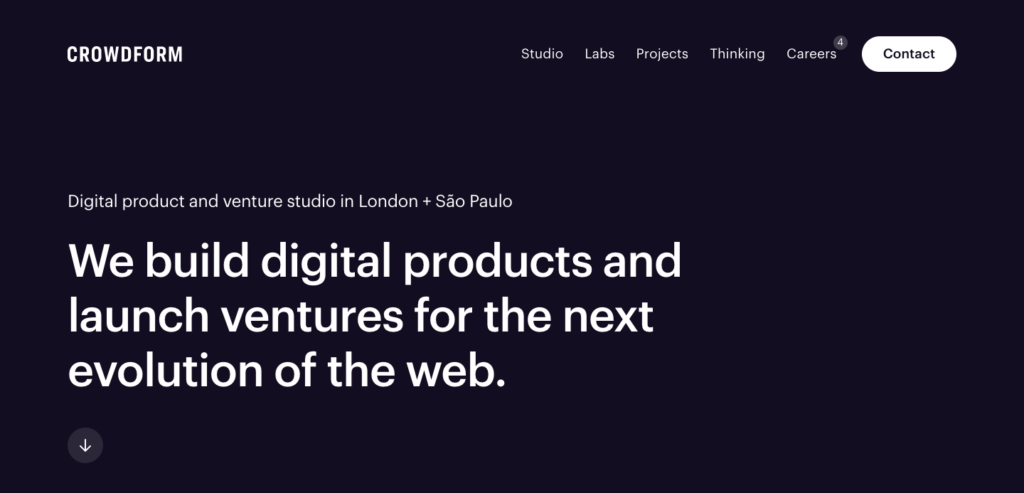
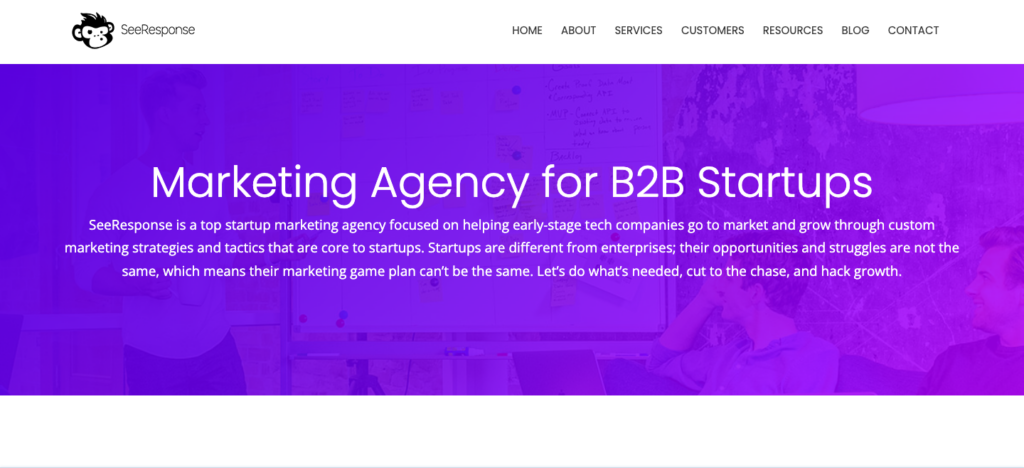

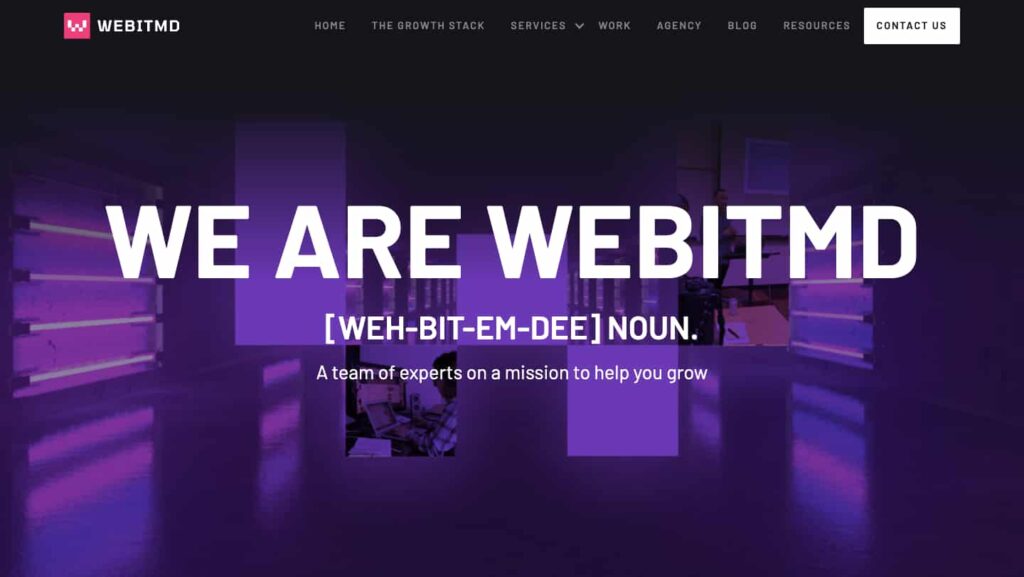
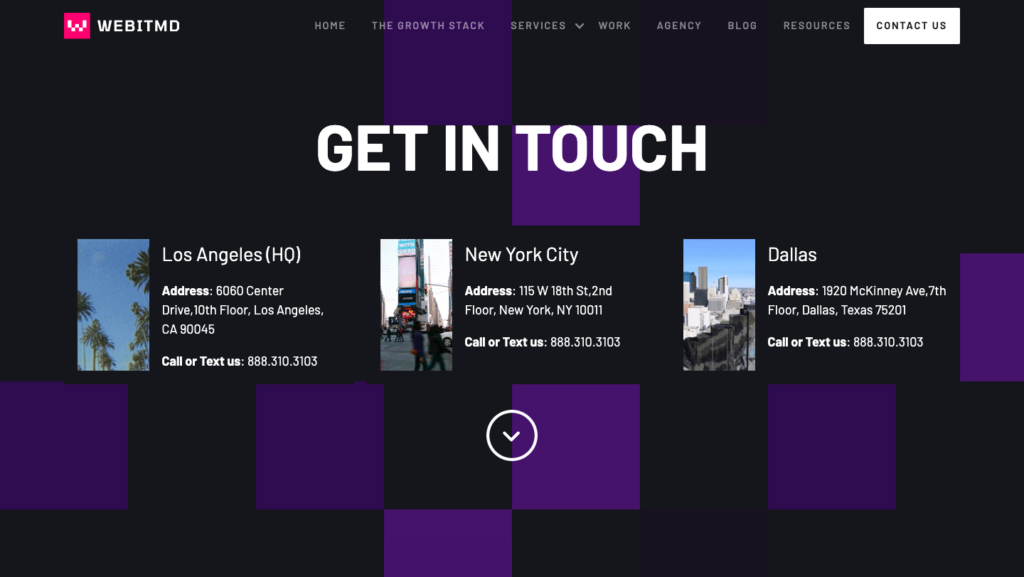
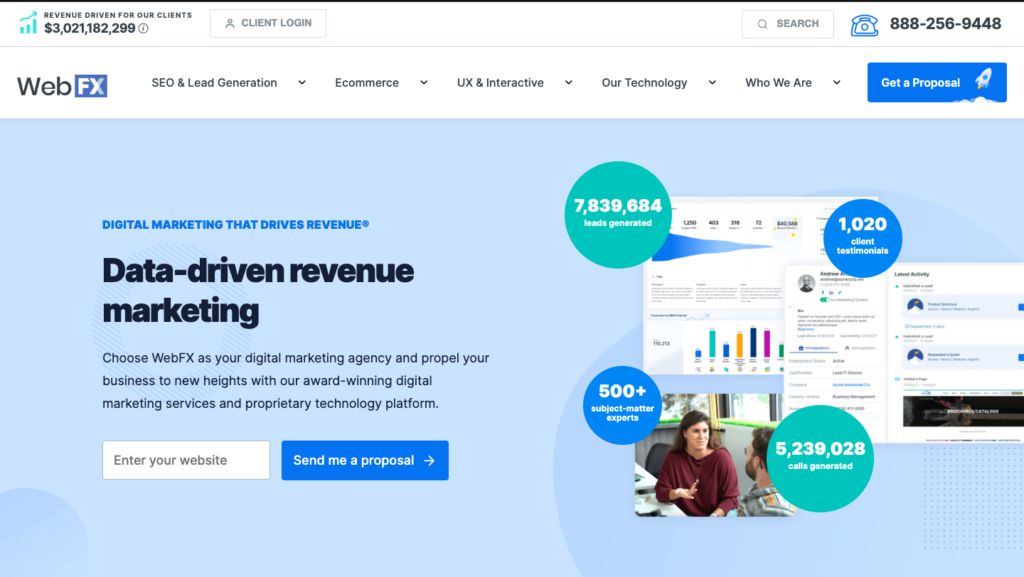
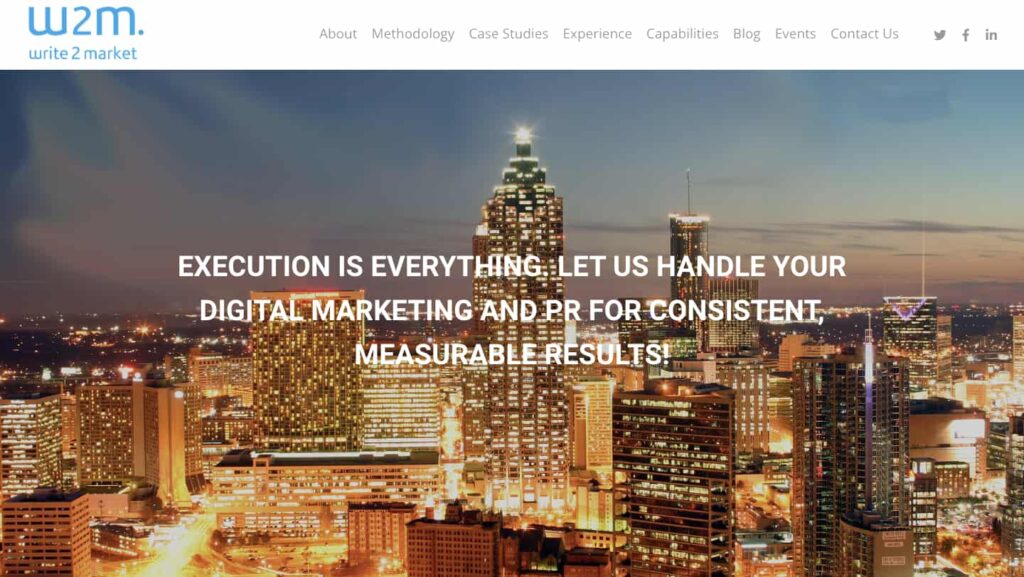
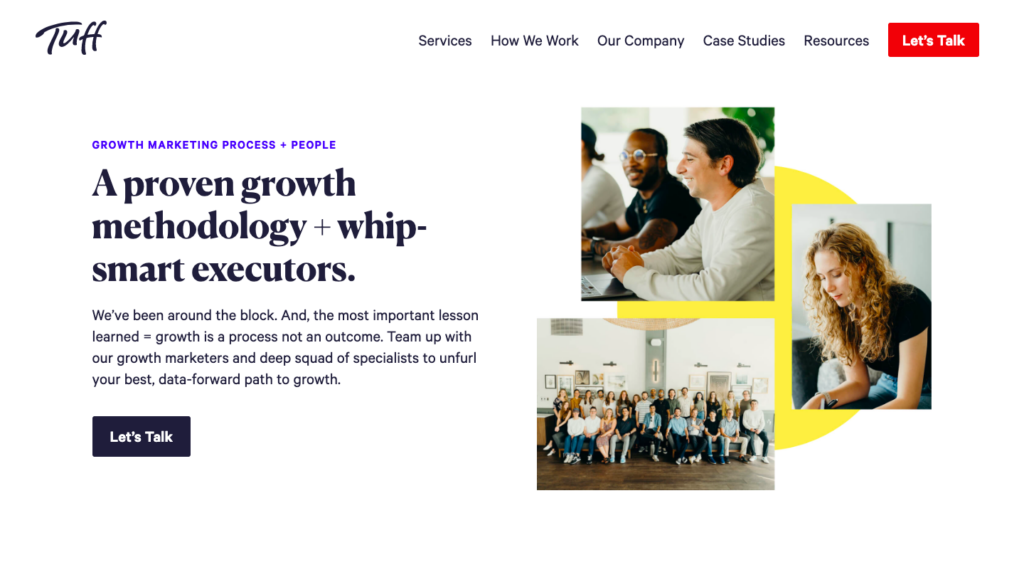
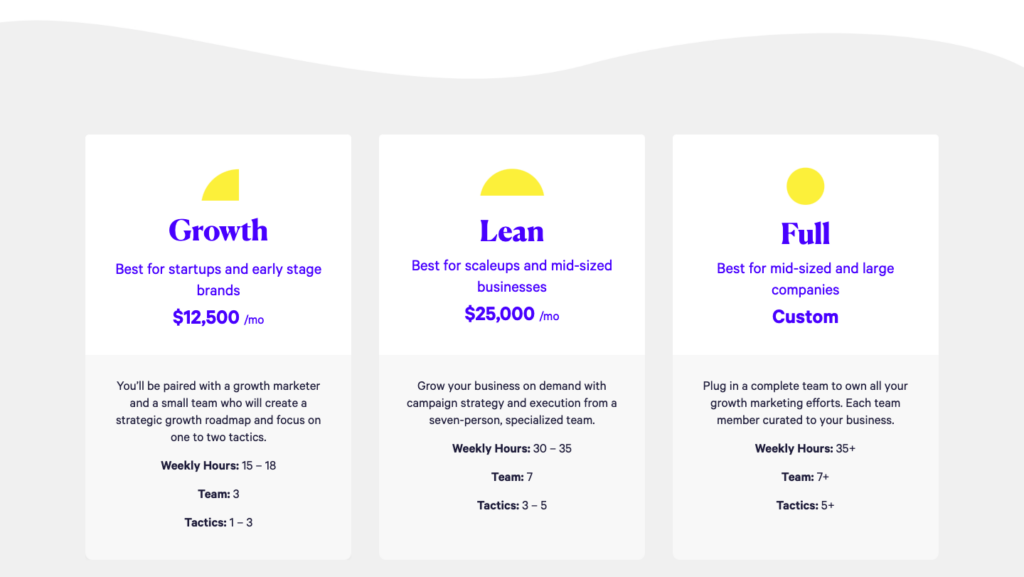
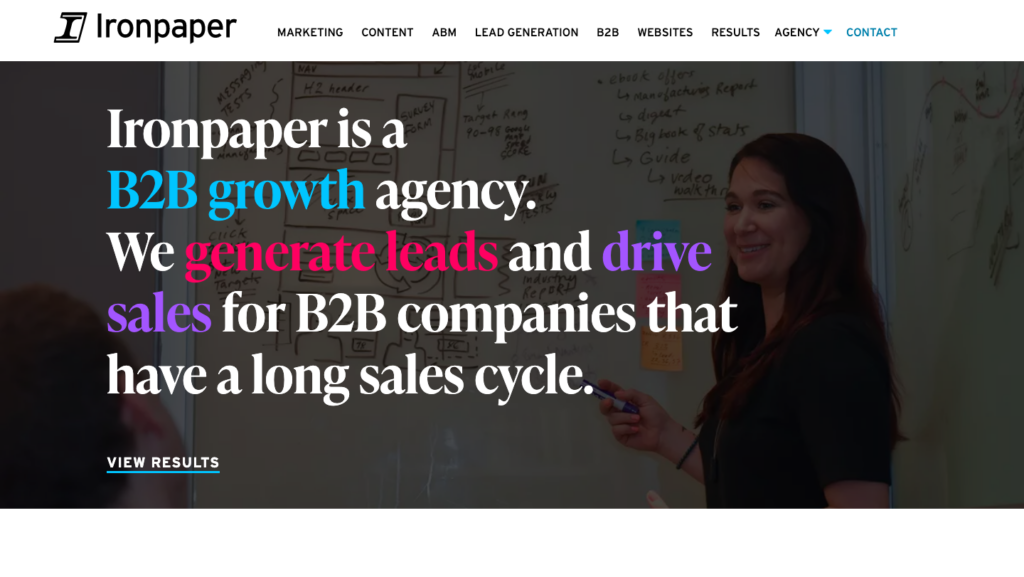
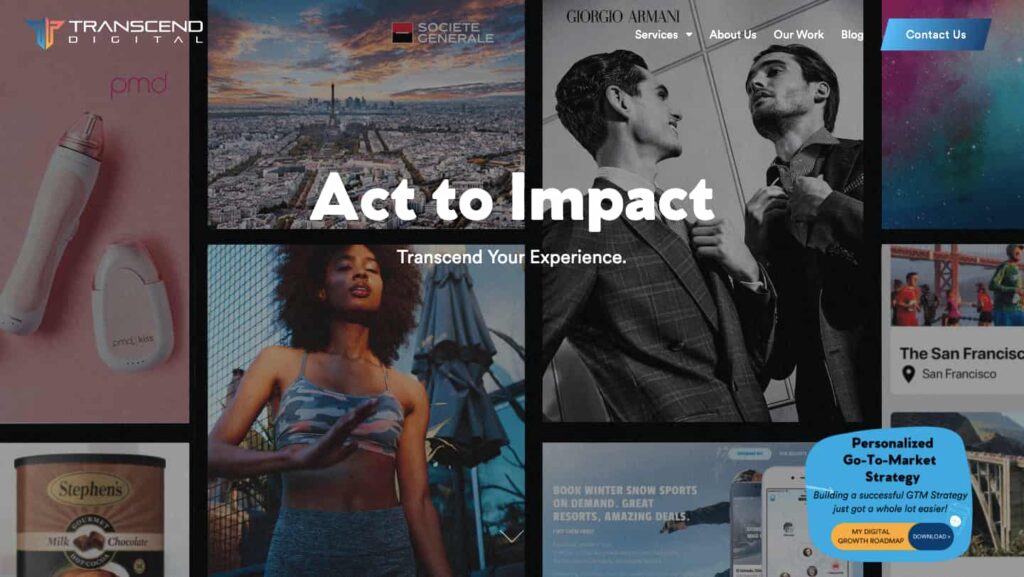
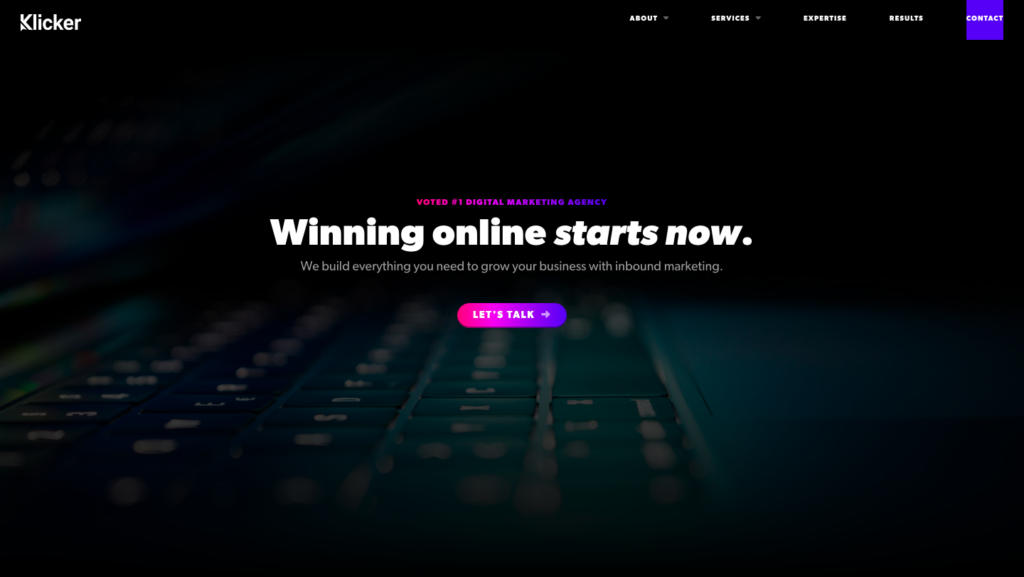
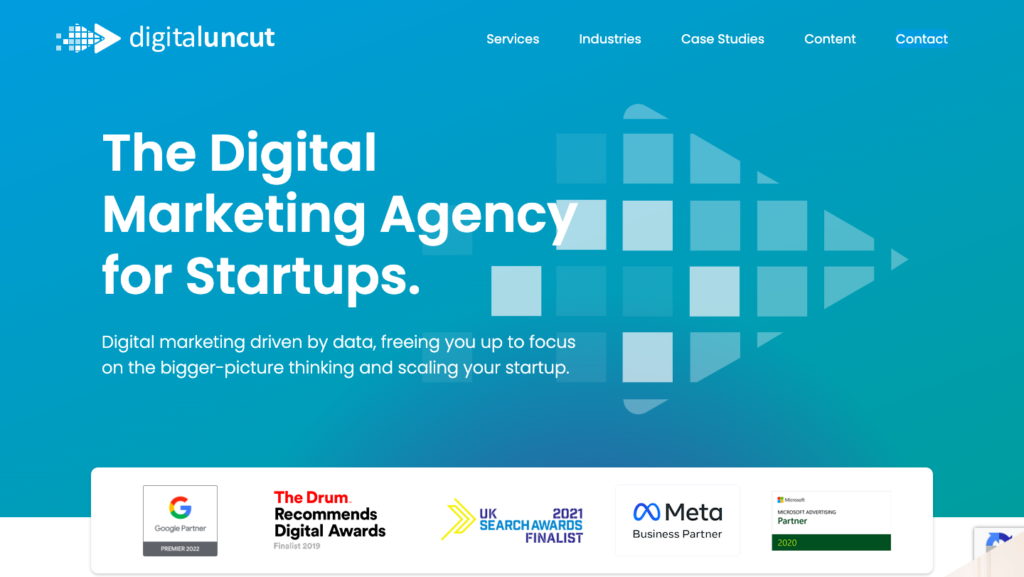
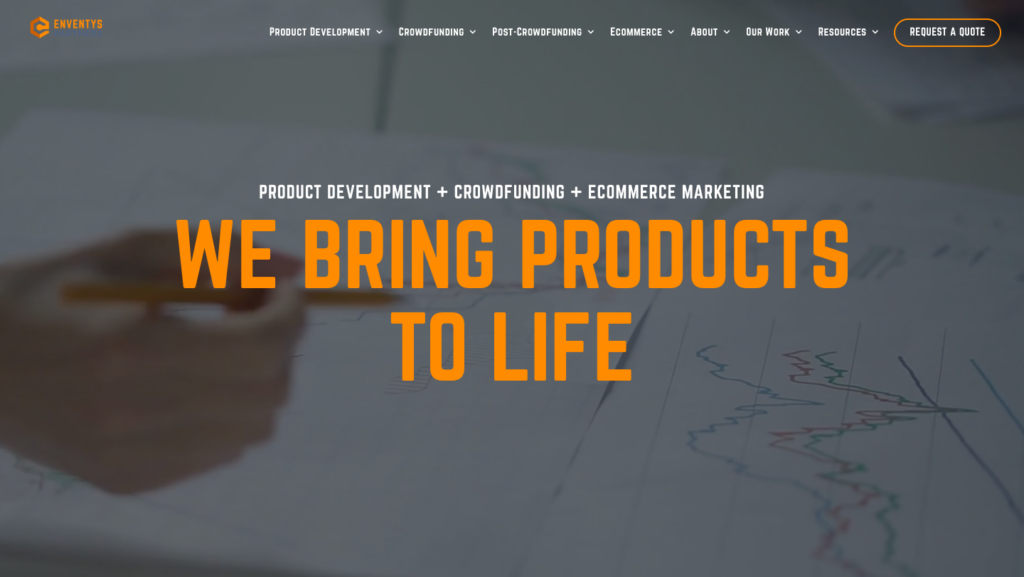
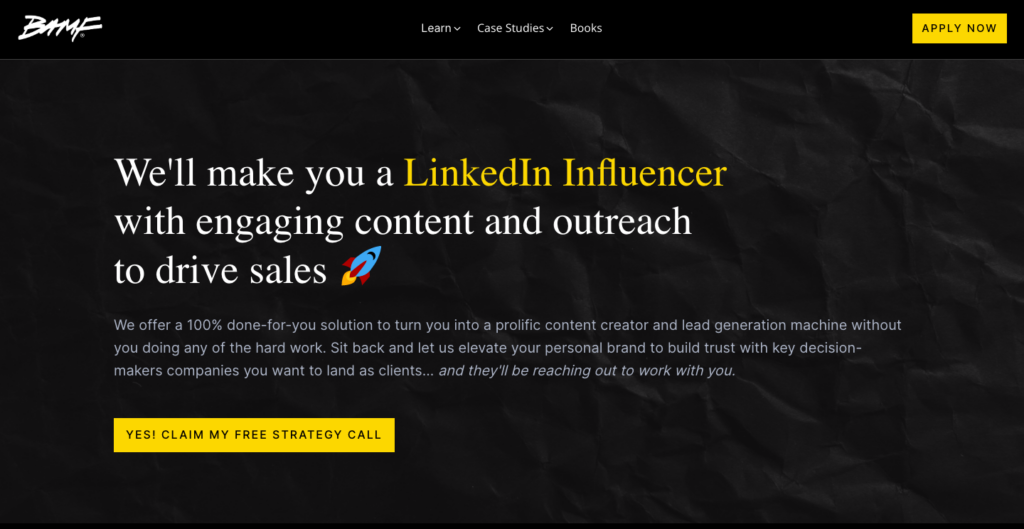
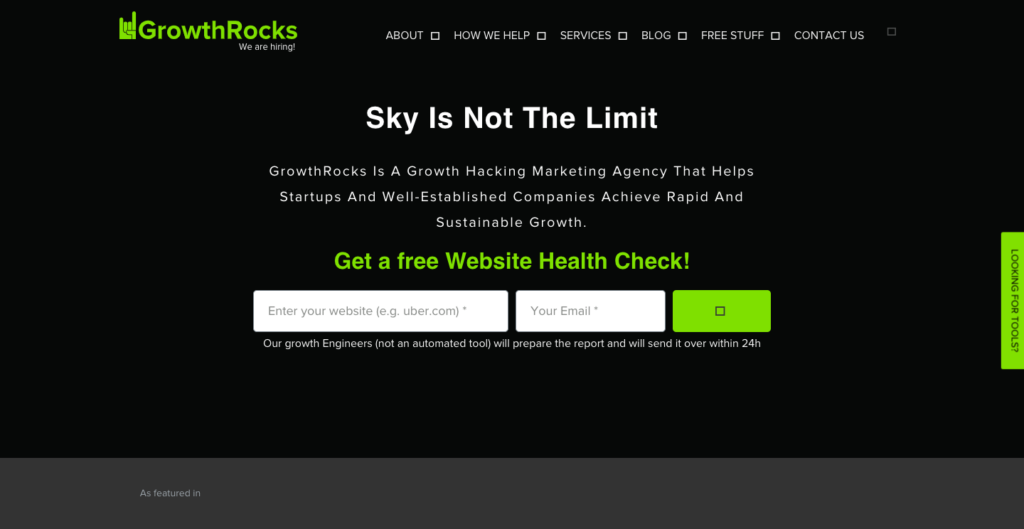
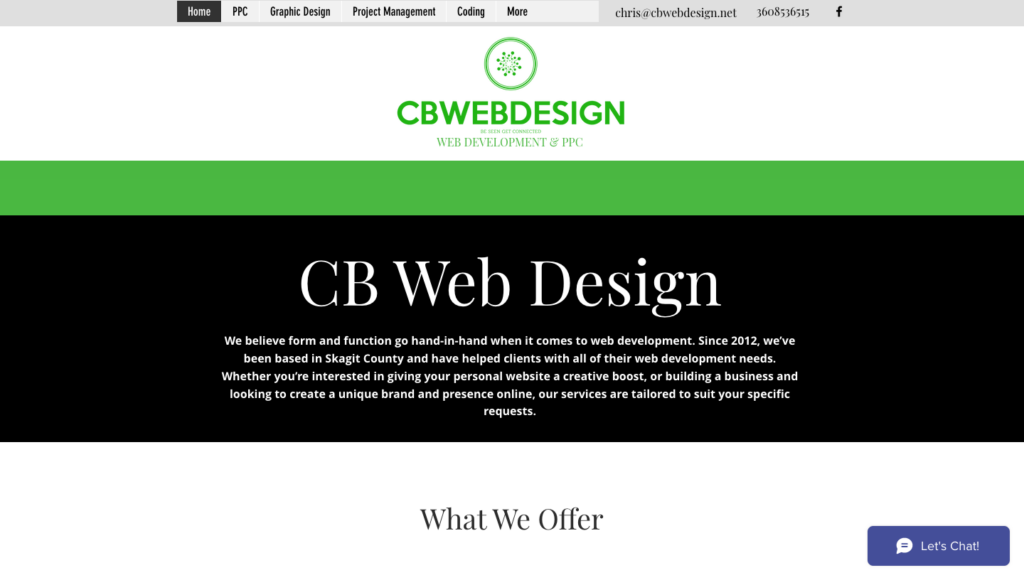
![6 Ways to Find Anyone's Email Address [Personal + Business]](https://nerdyjoe.com/wp-content/uploads/2024/06/1675866341-how-to-find-someone-s-email-address-why-you-need-to-outsource-list-building-3x-1200x675.webp)




























